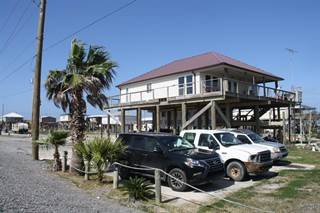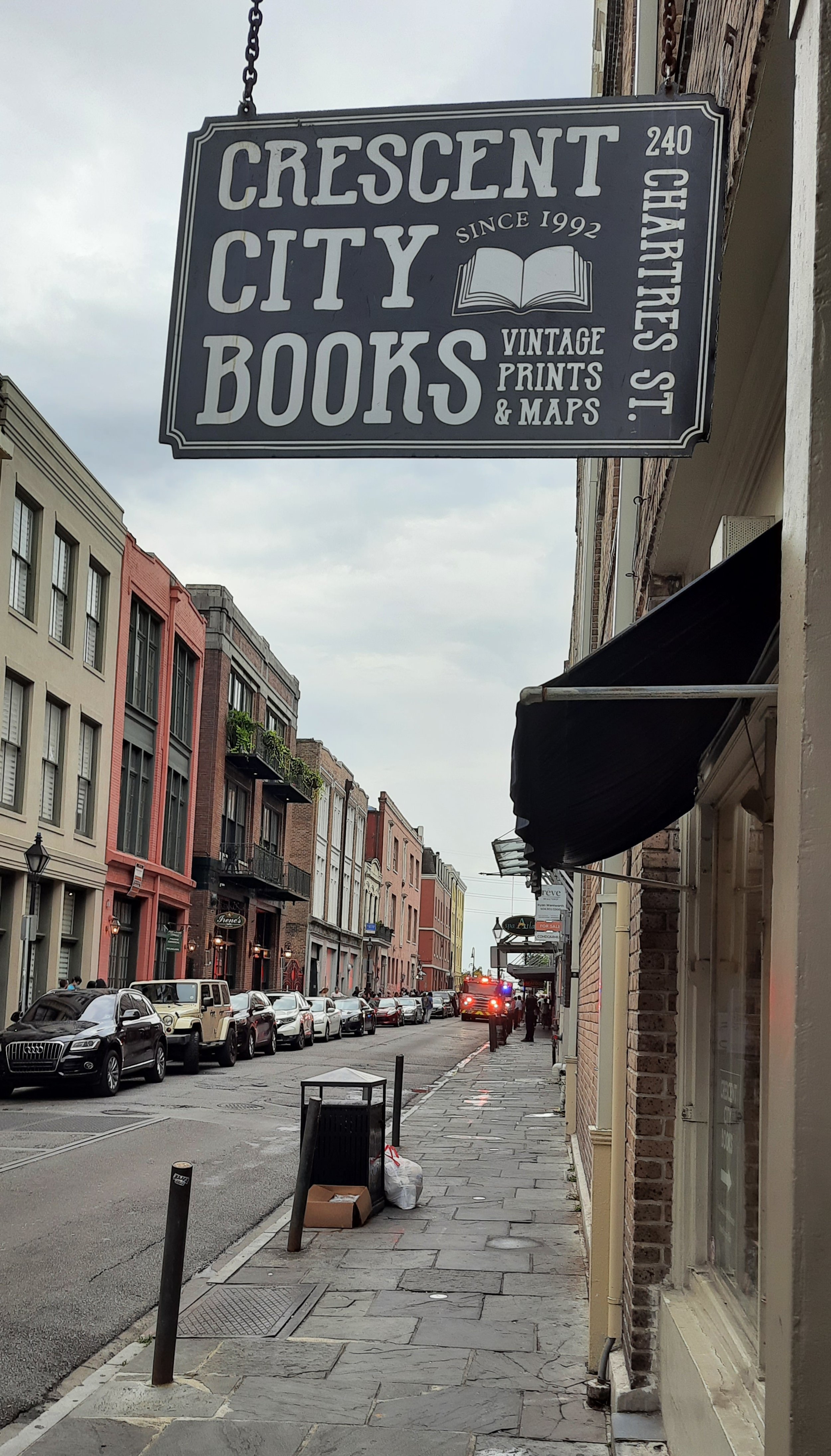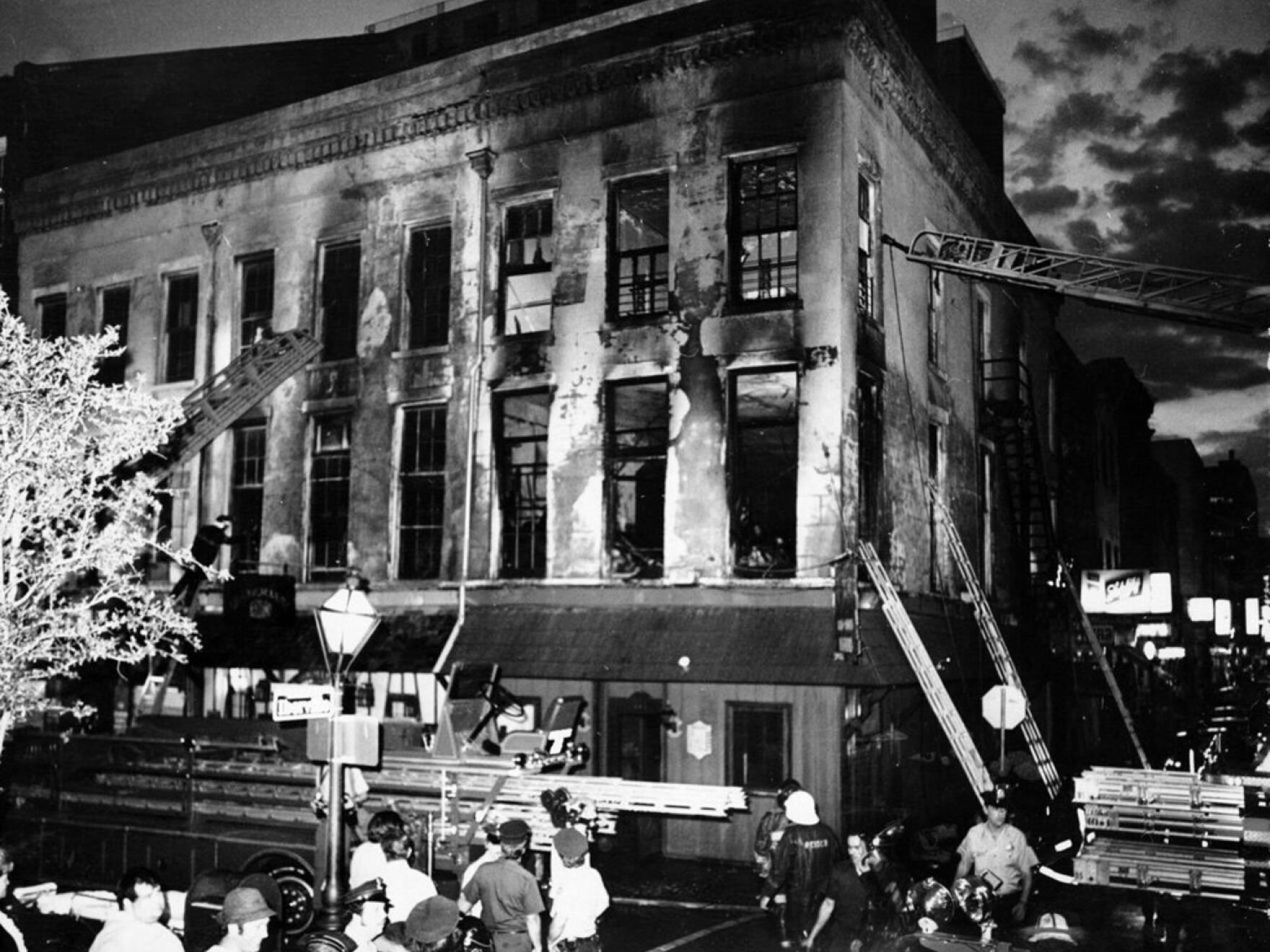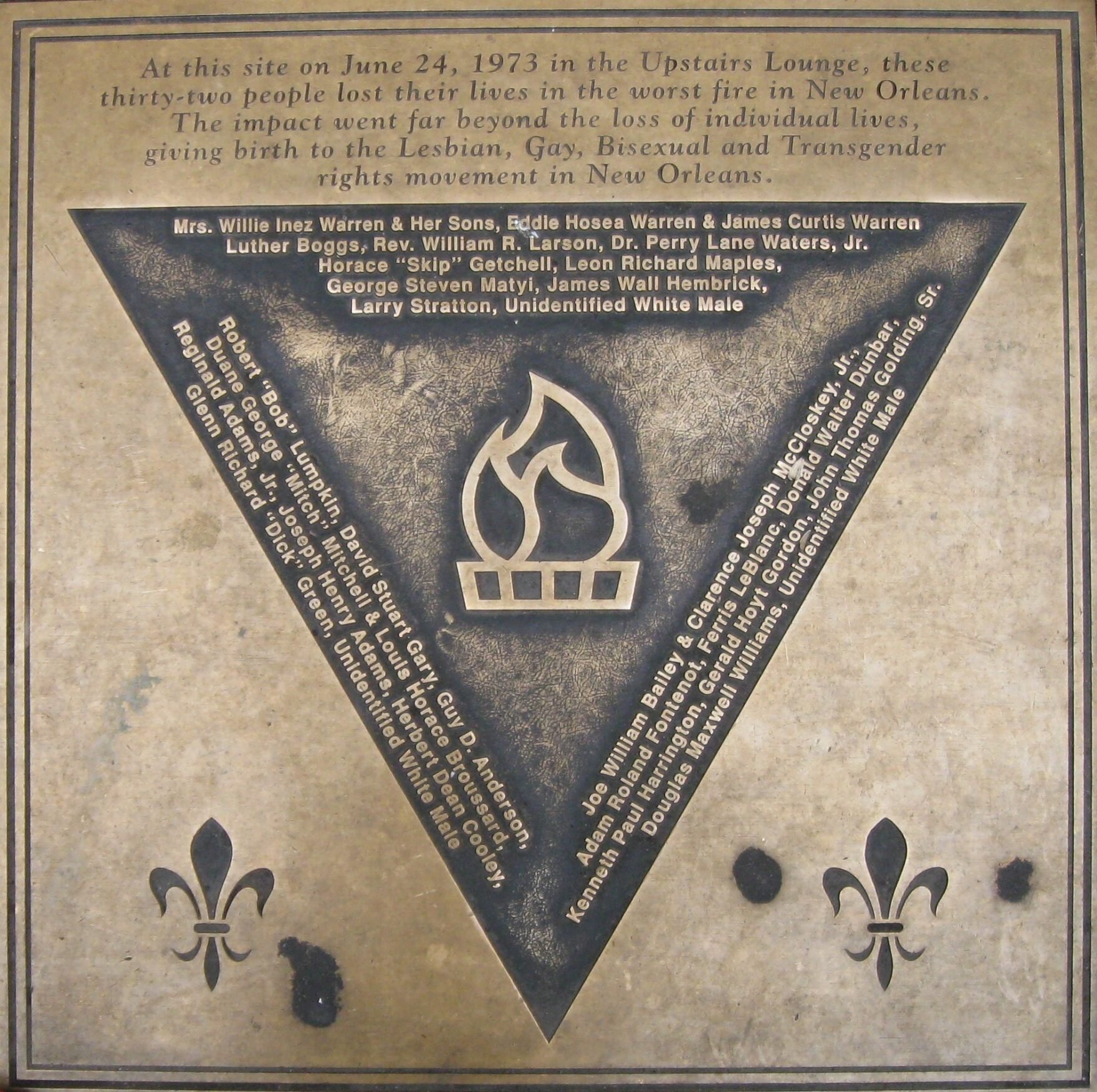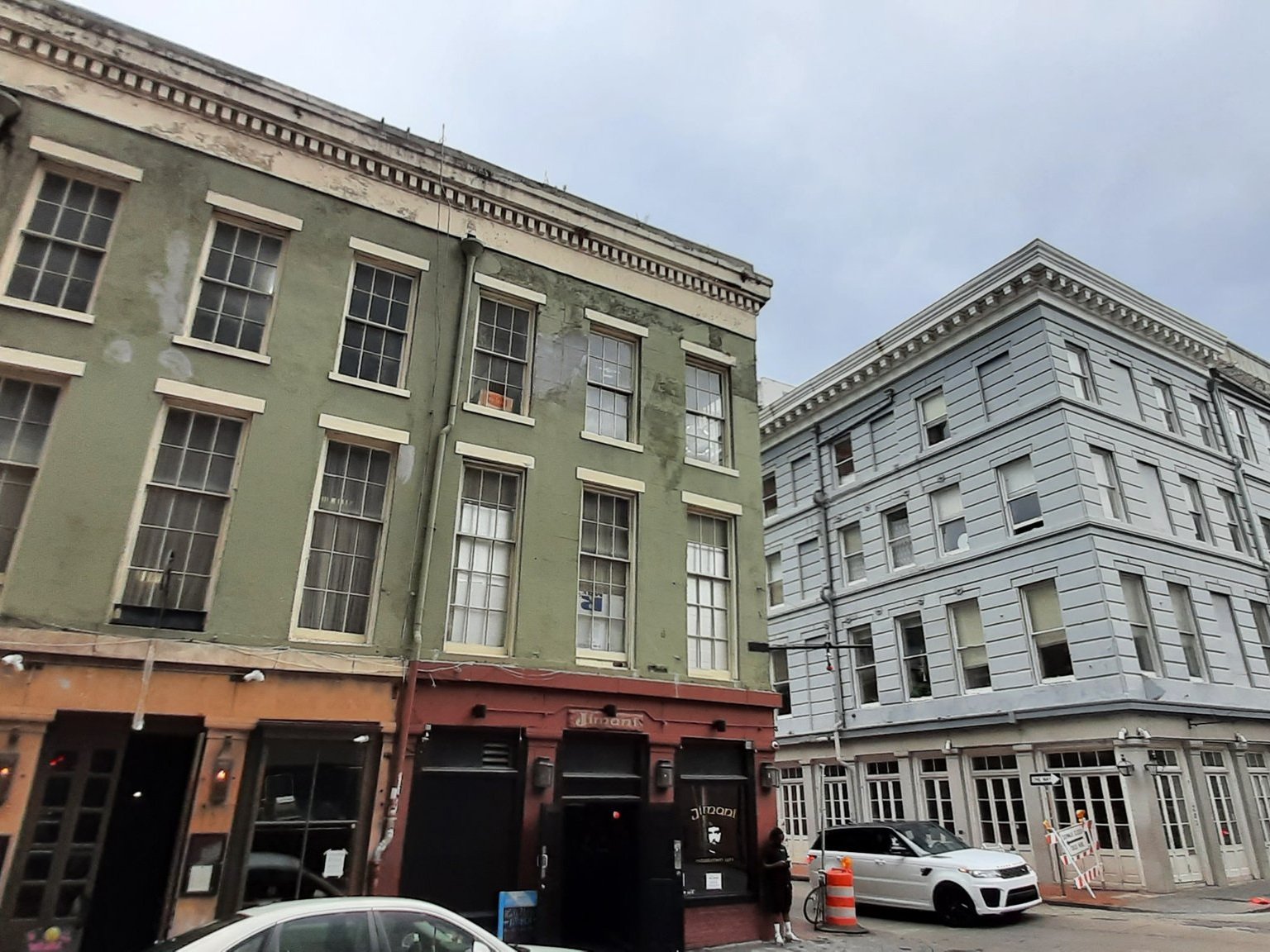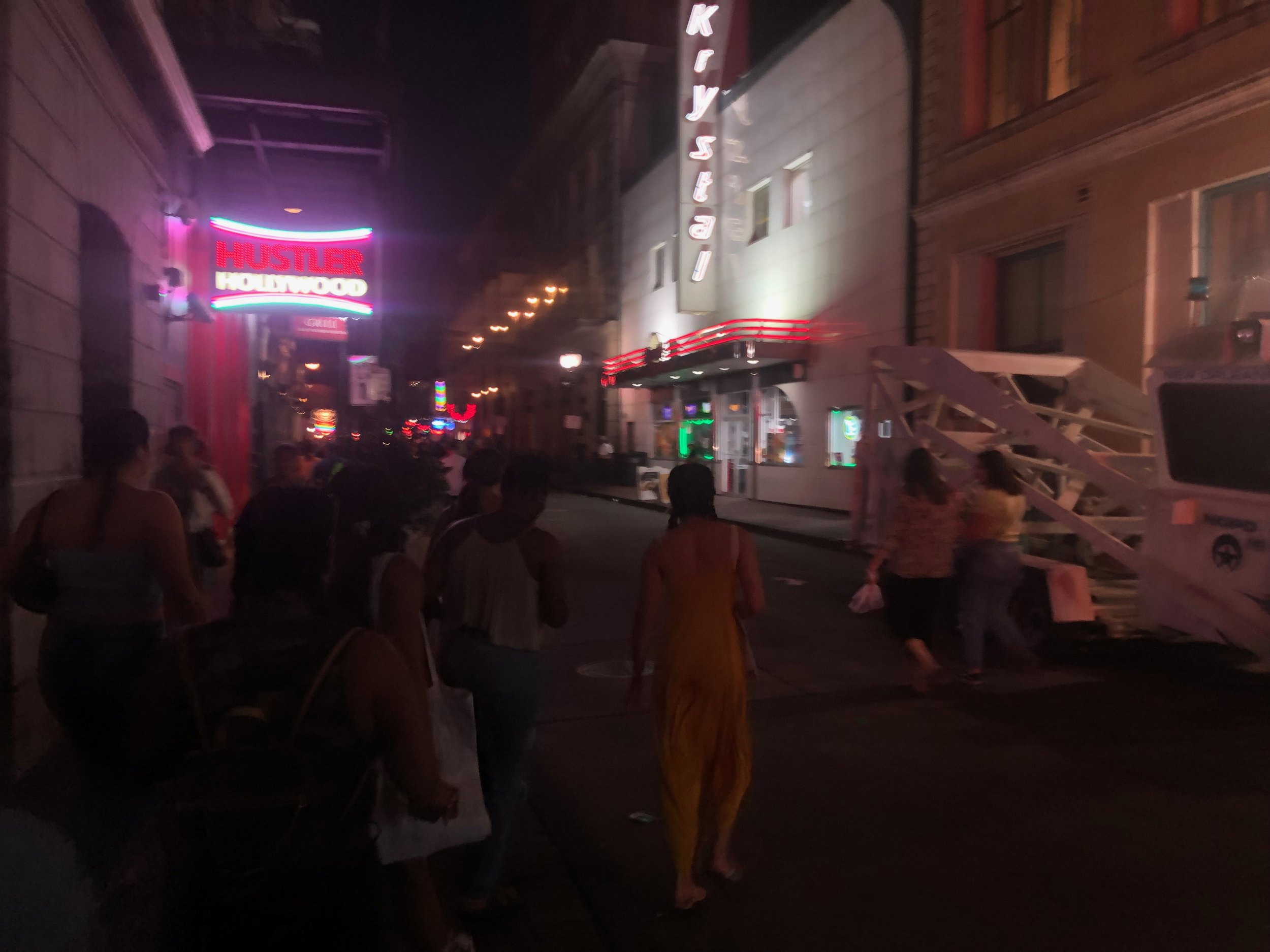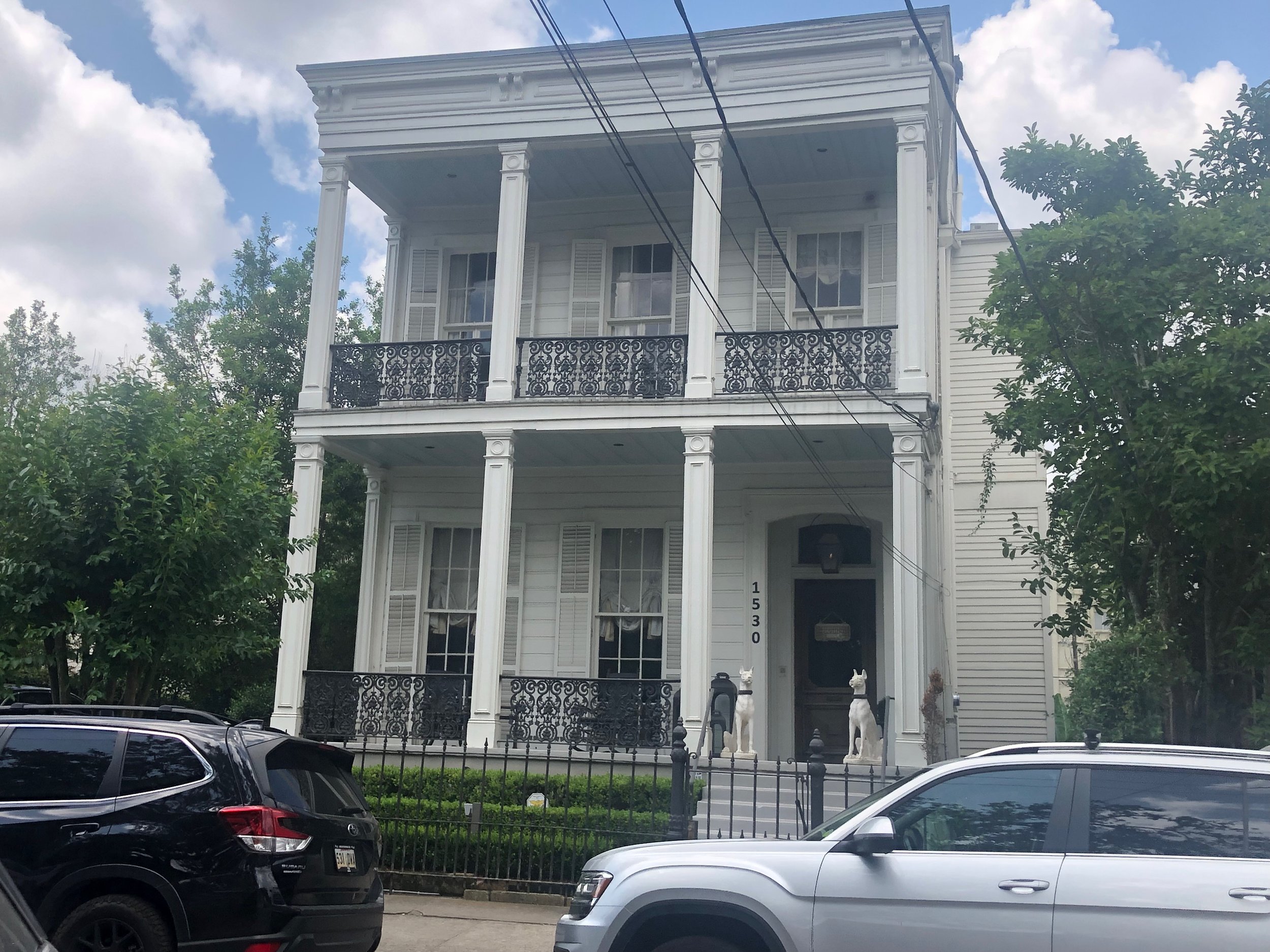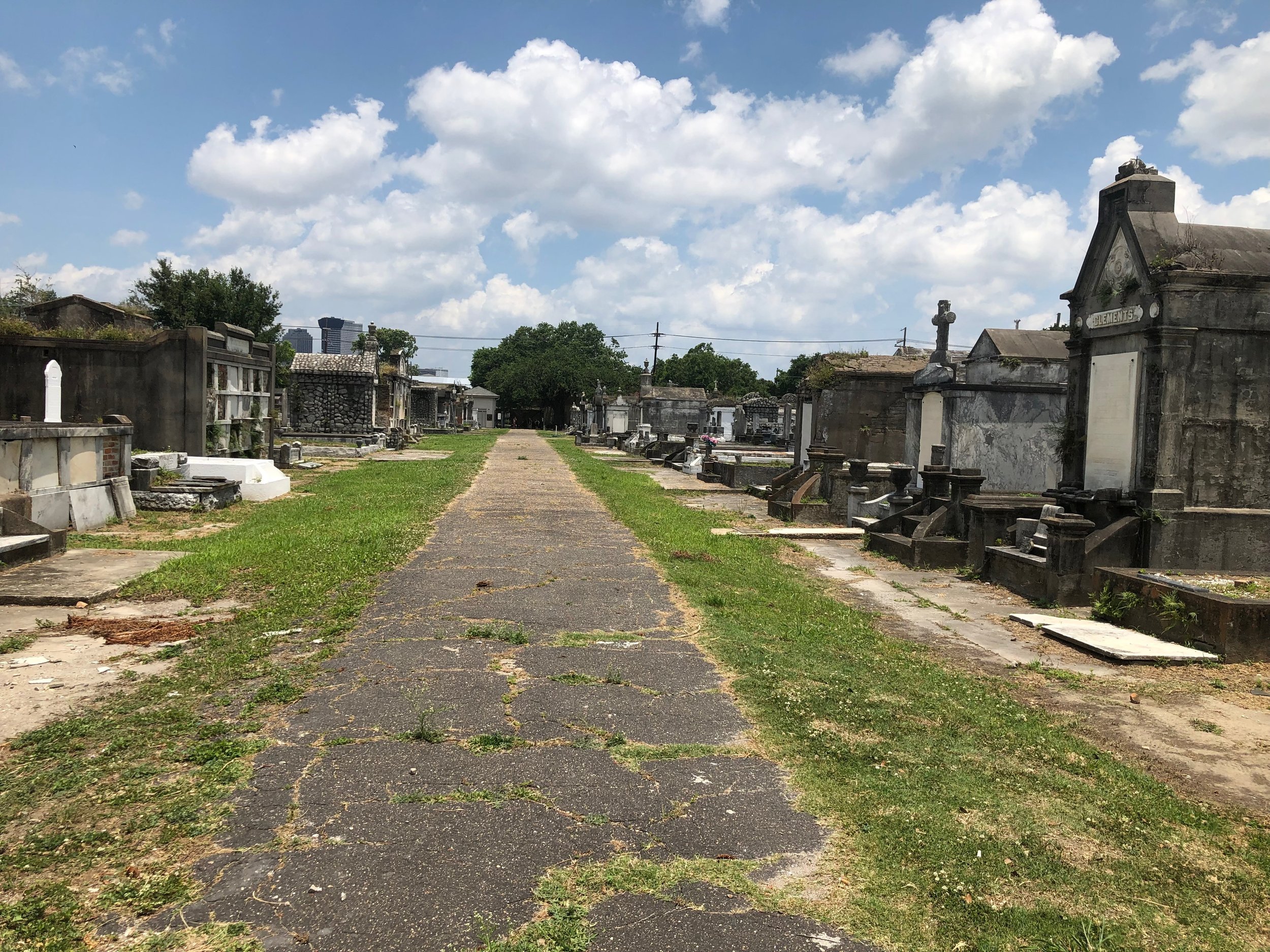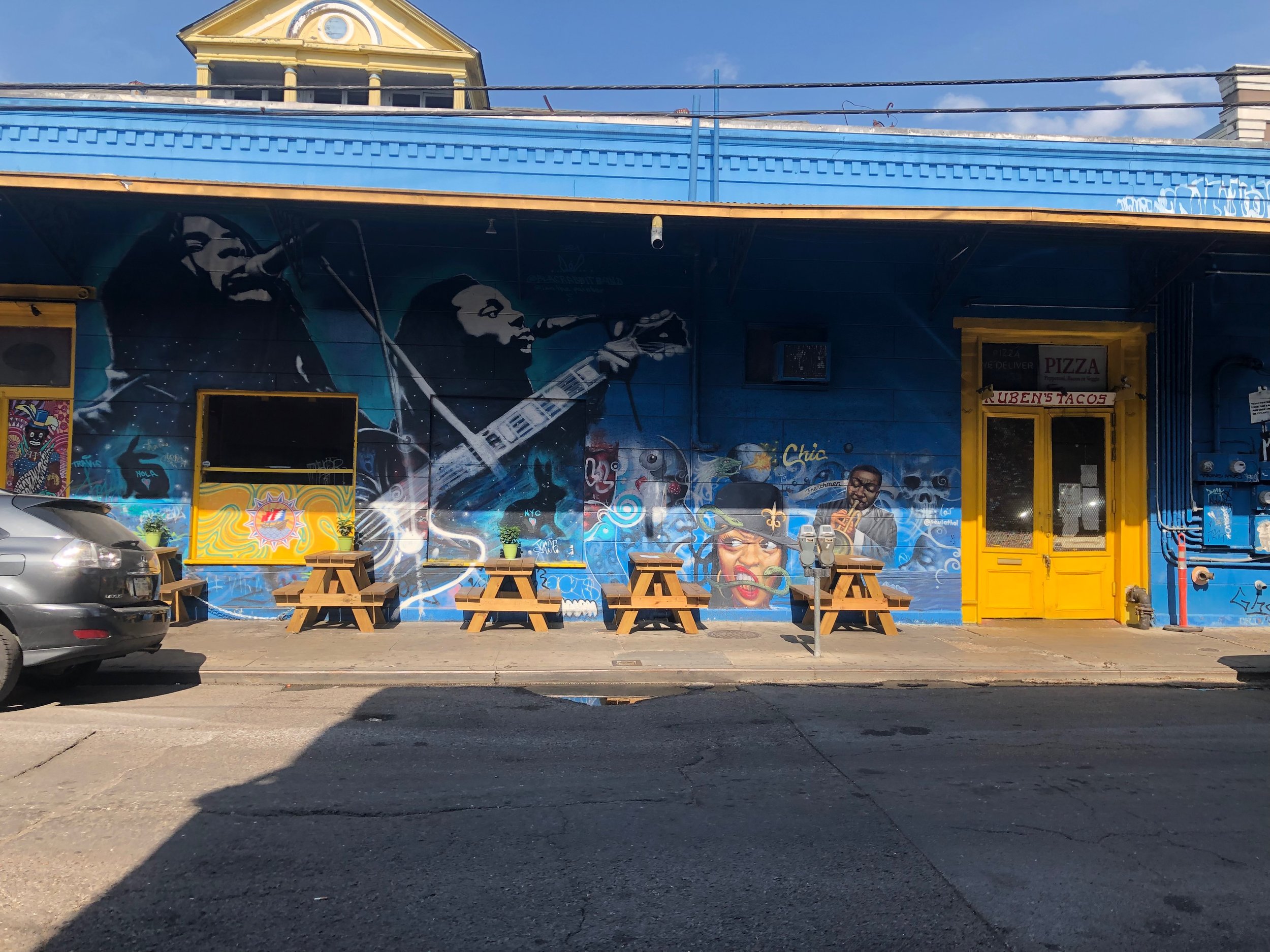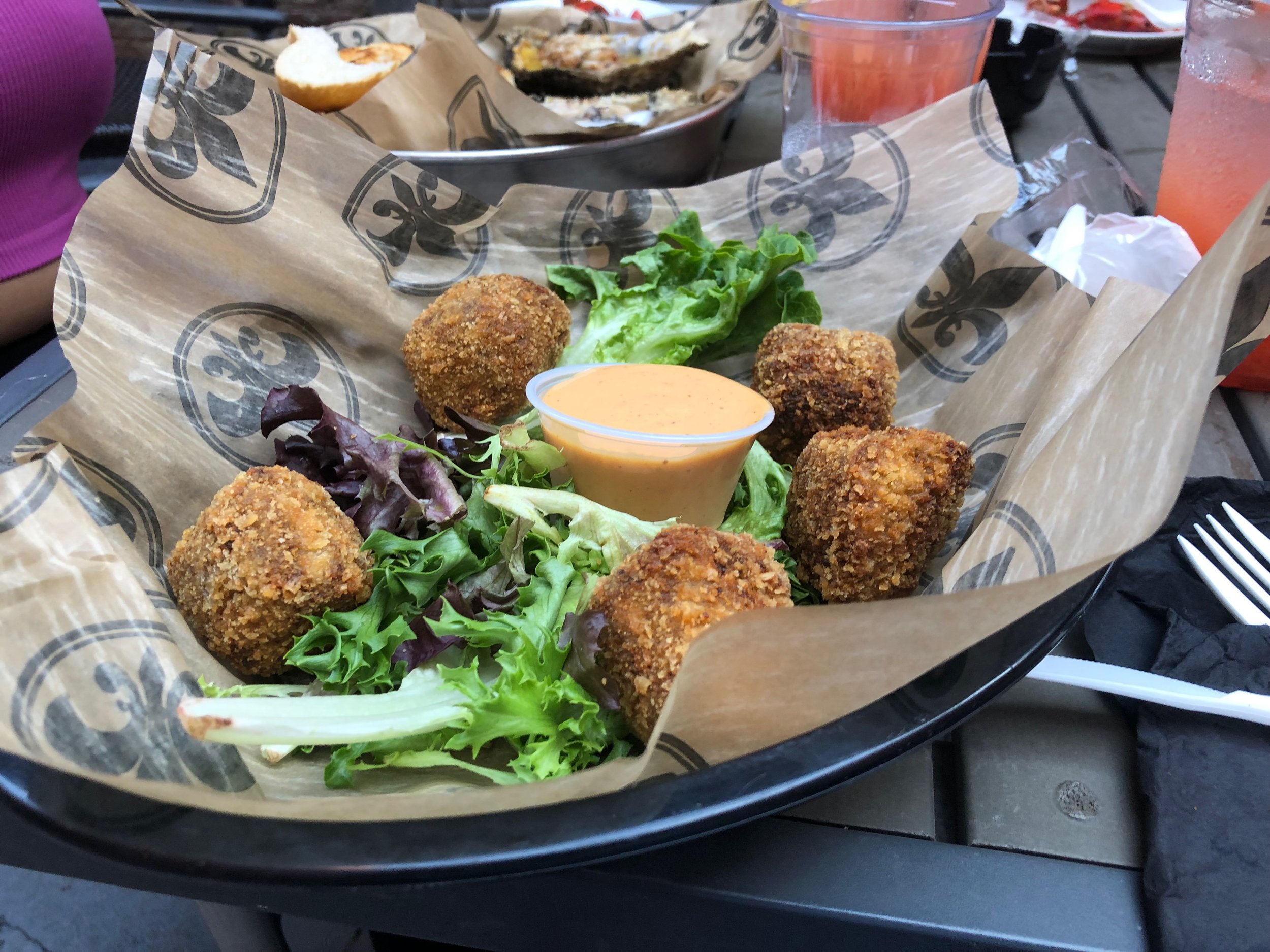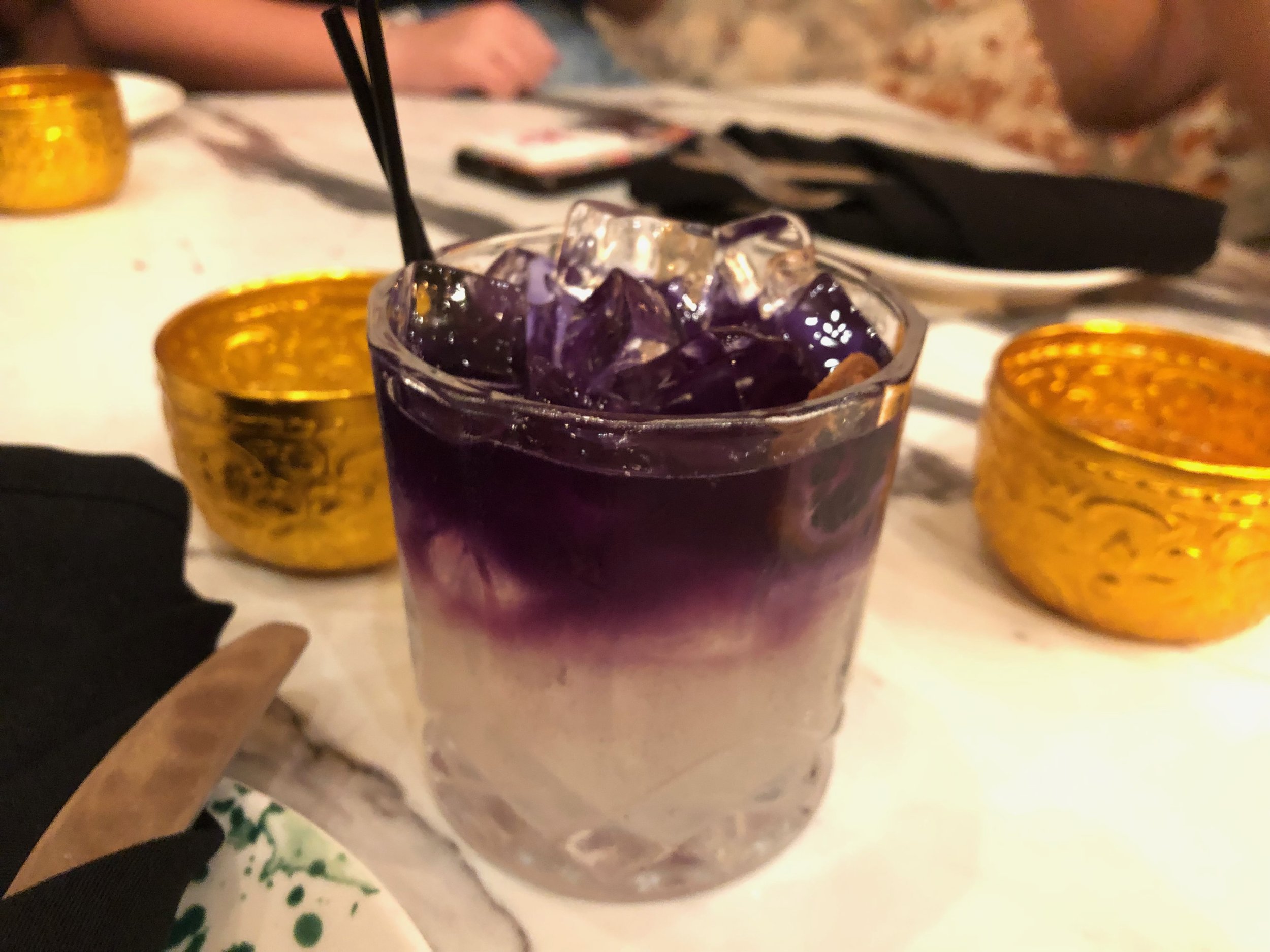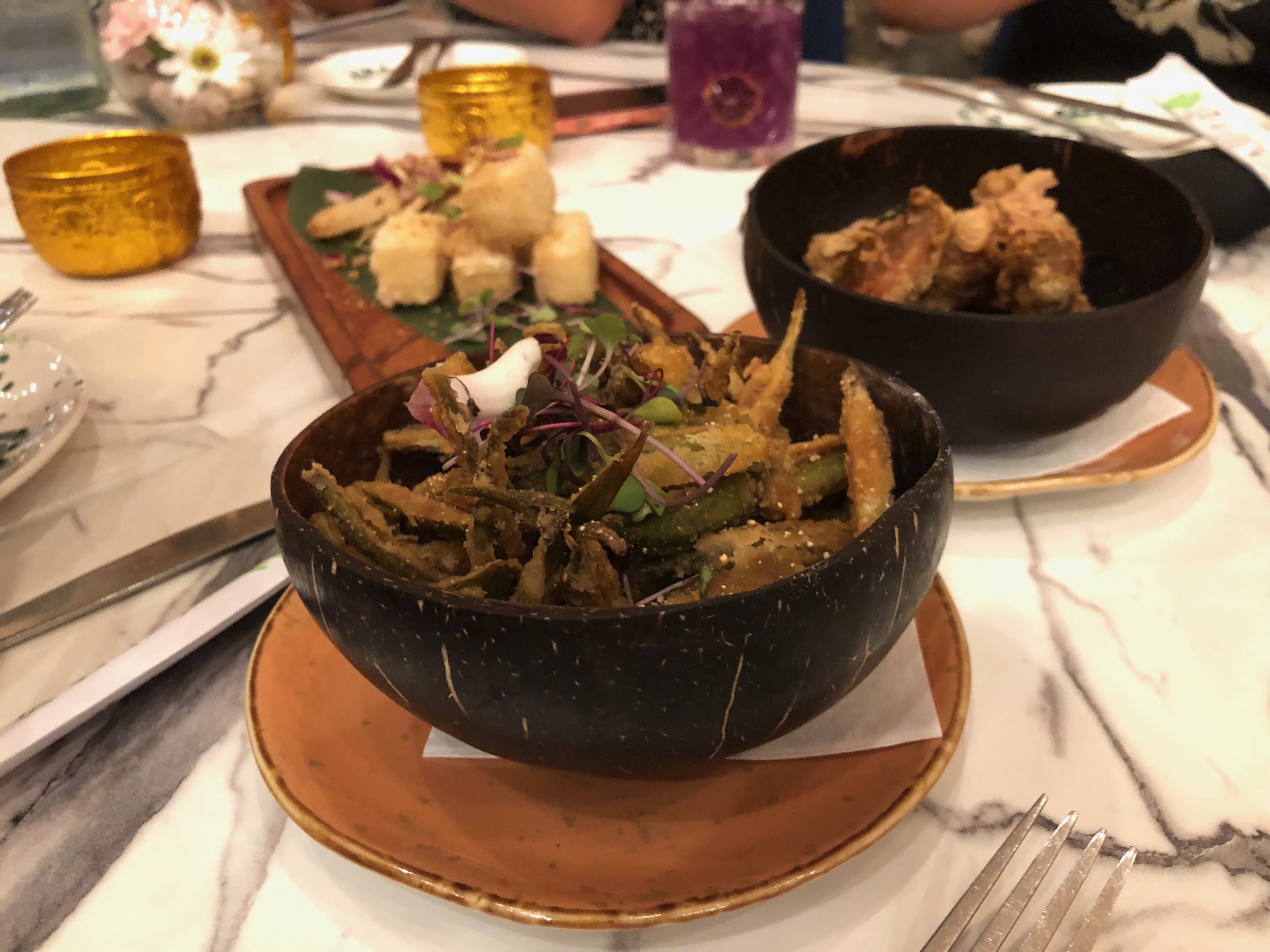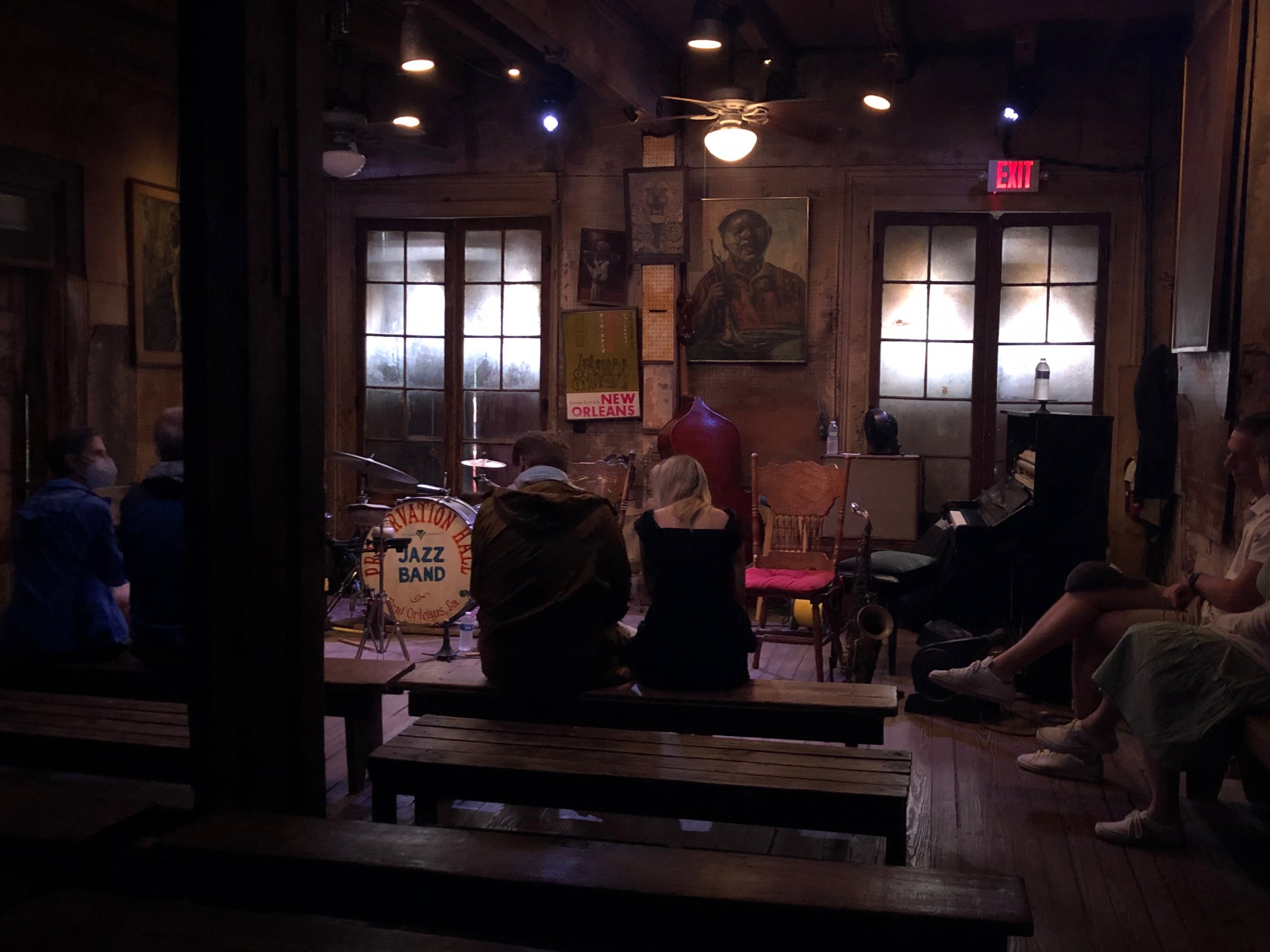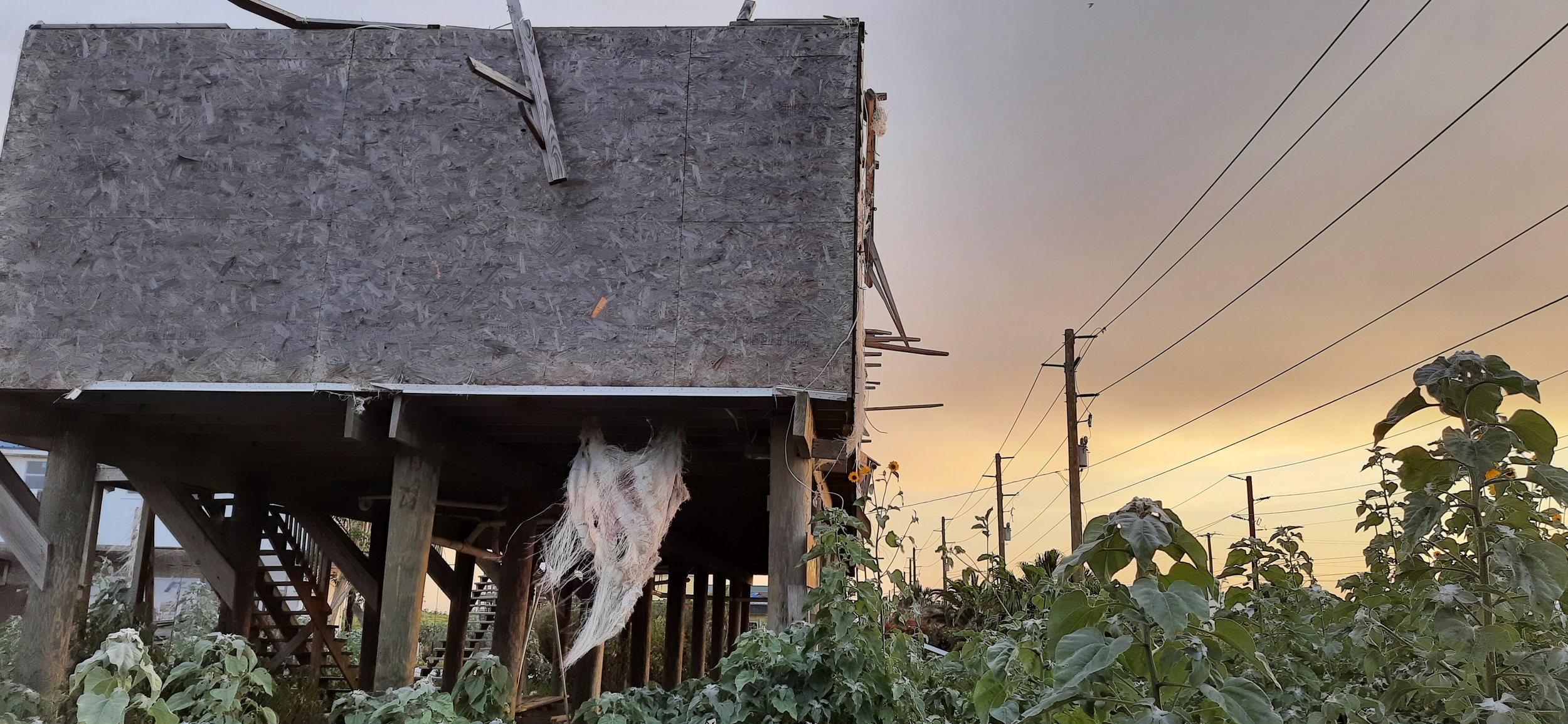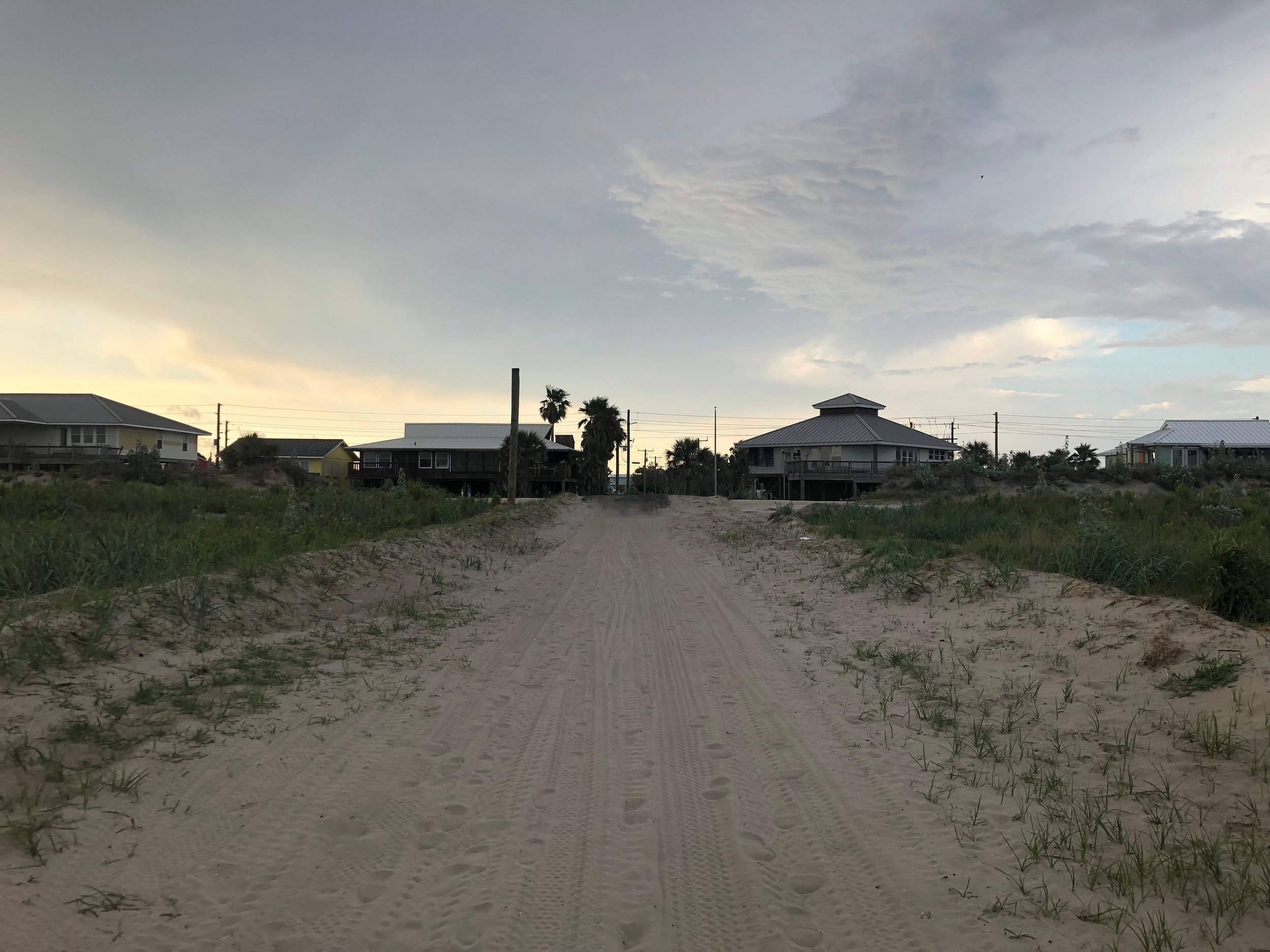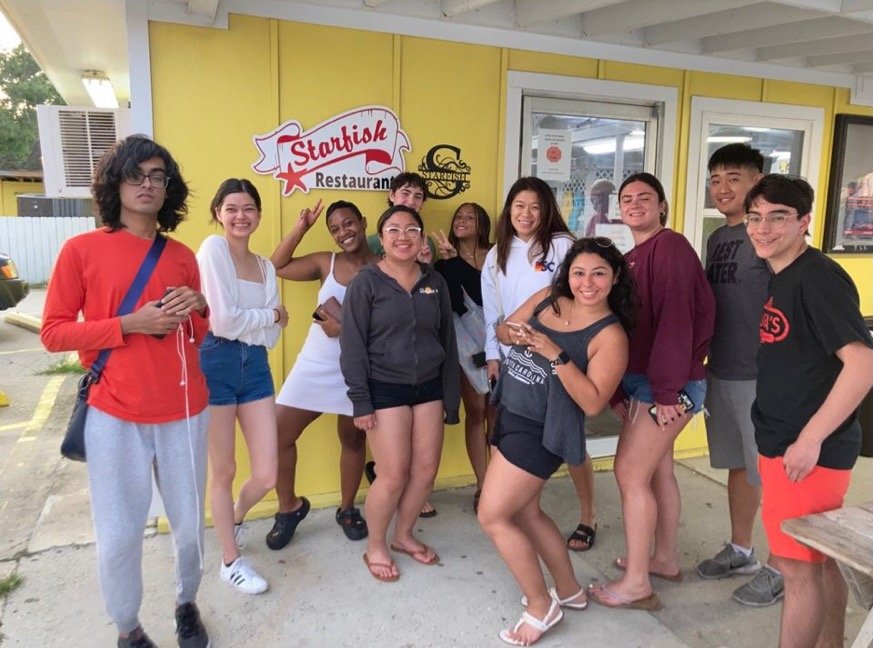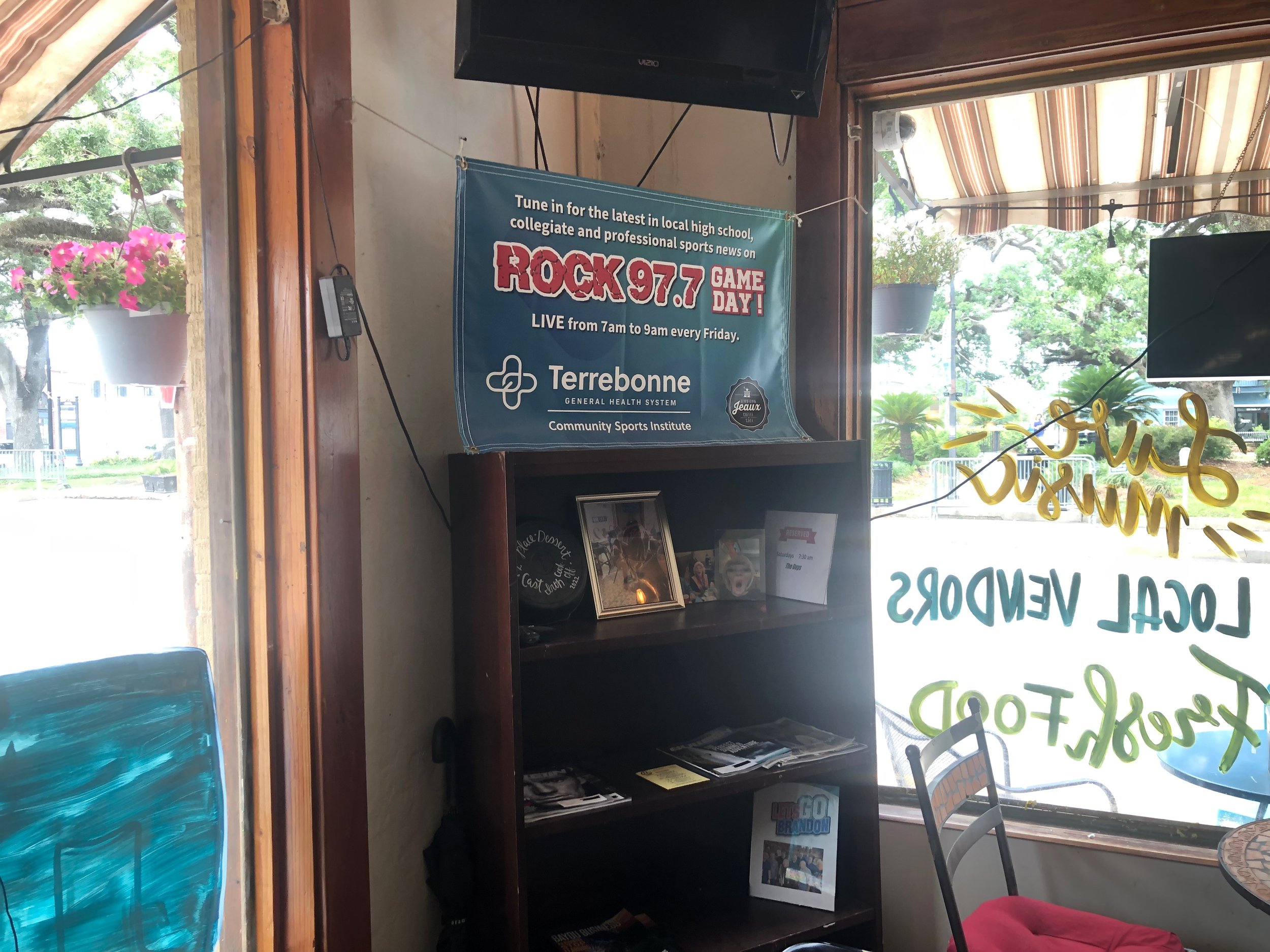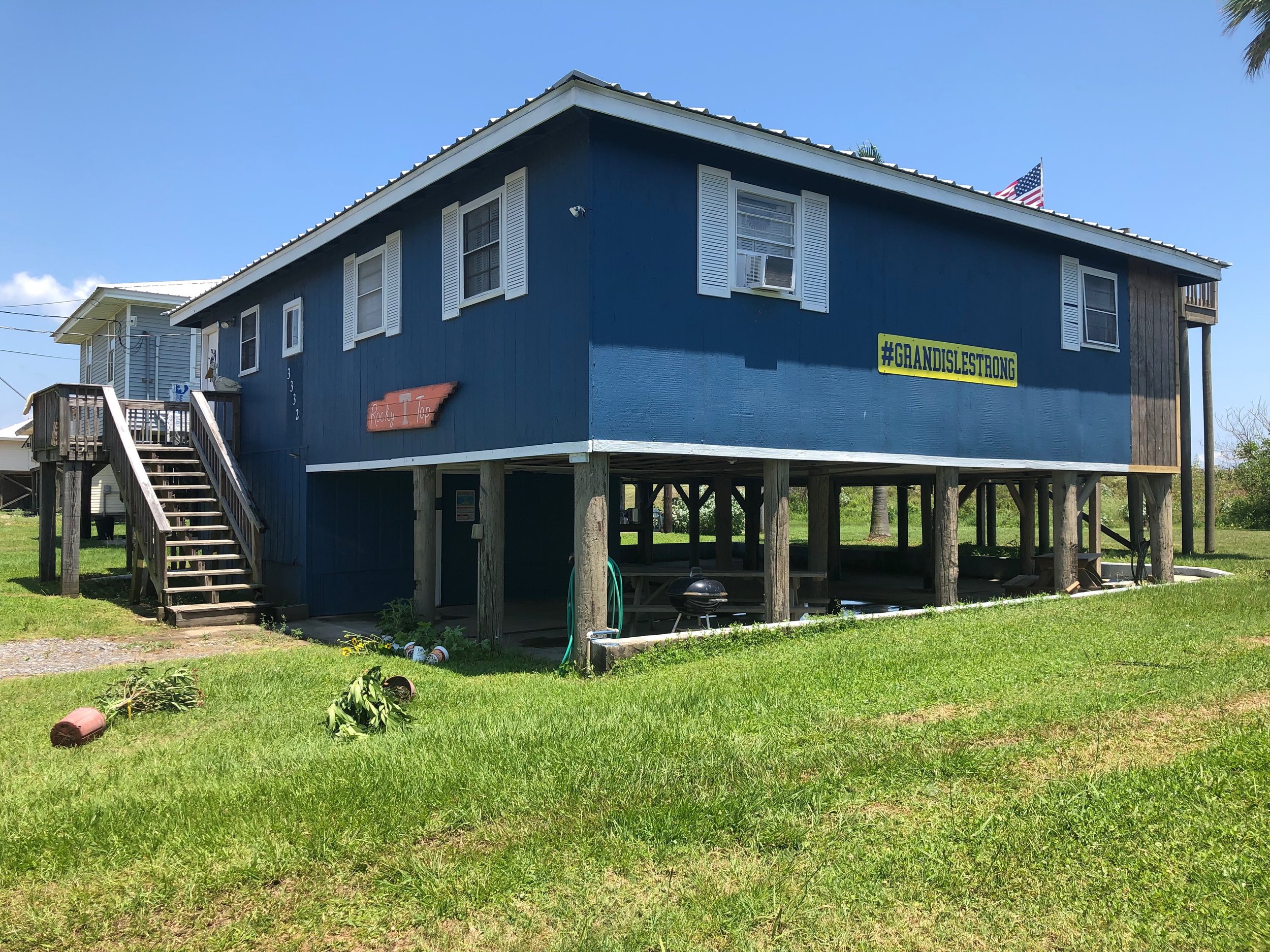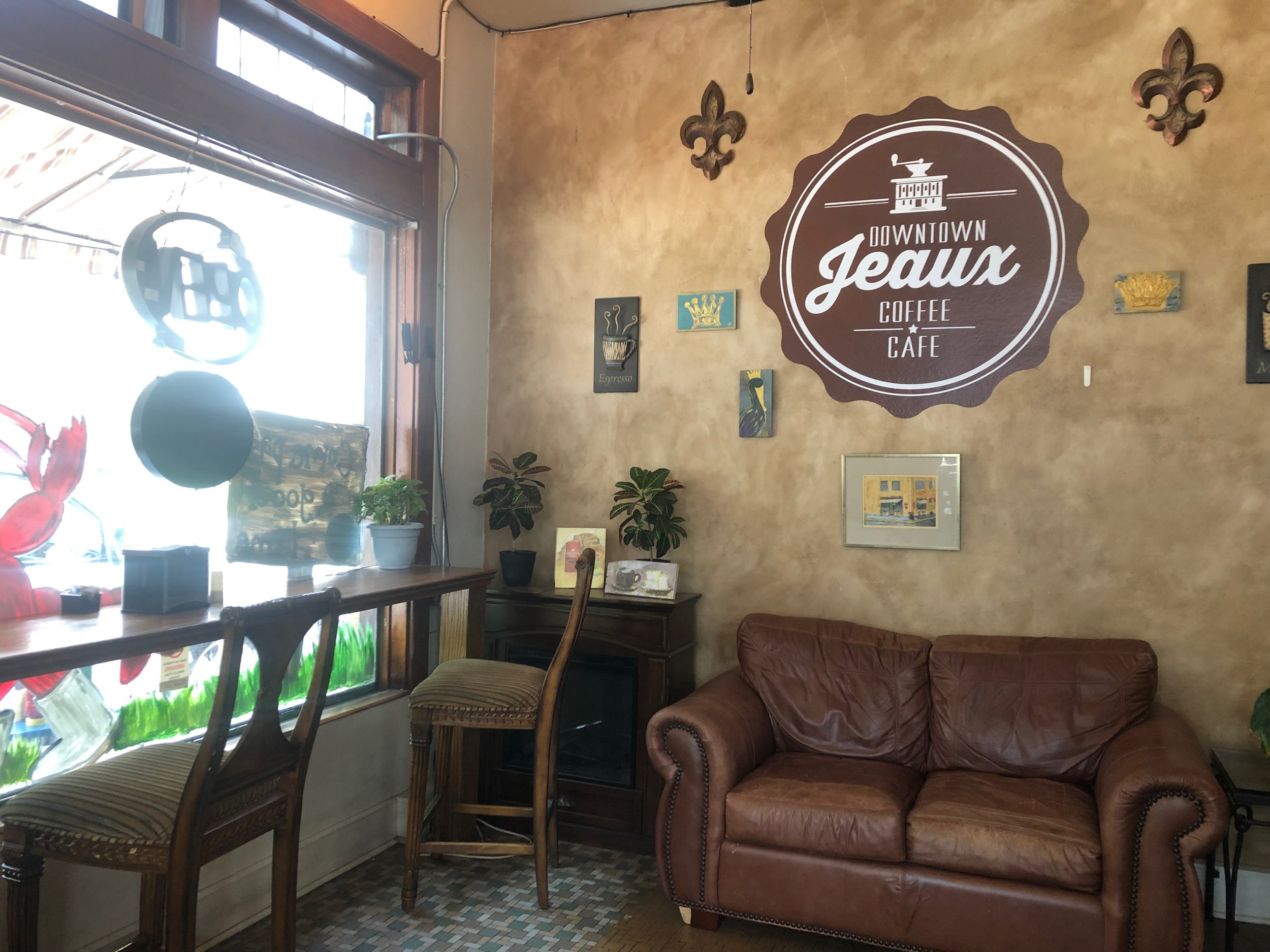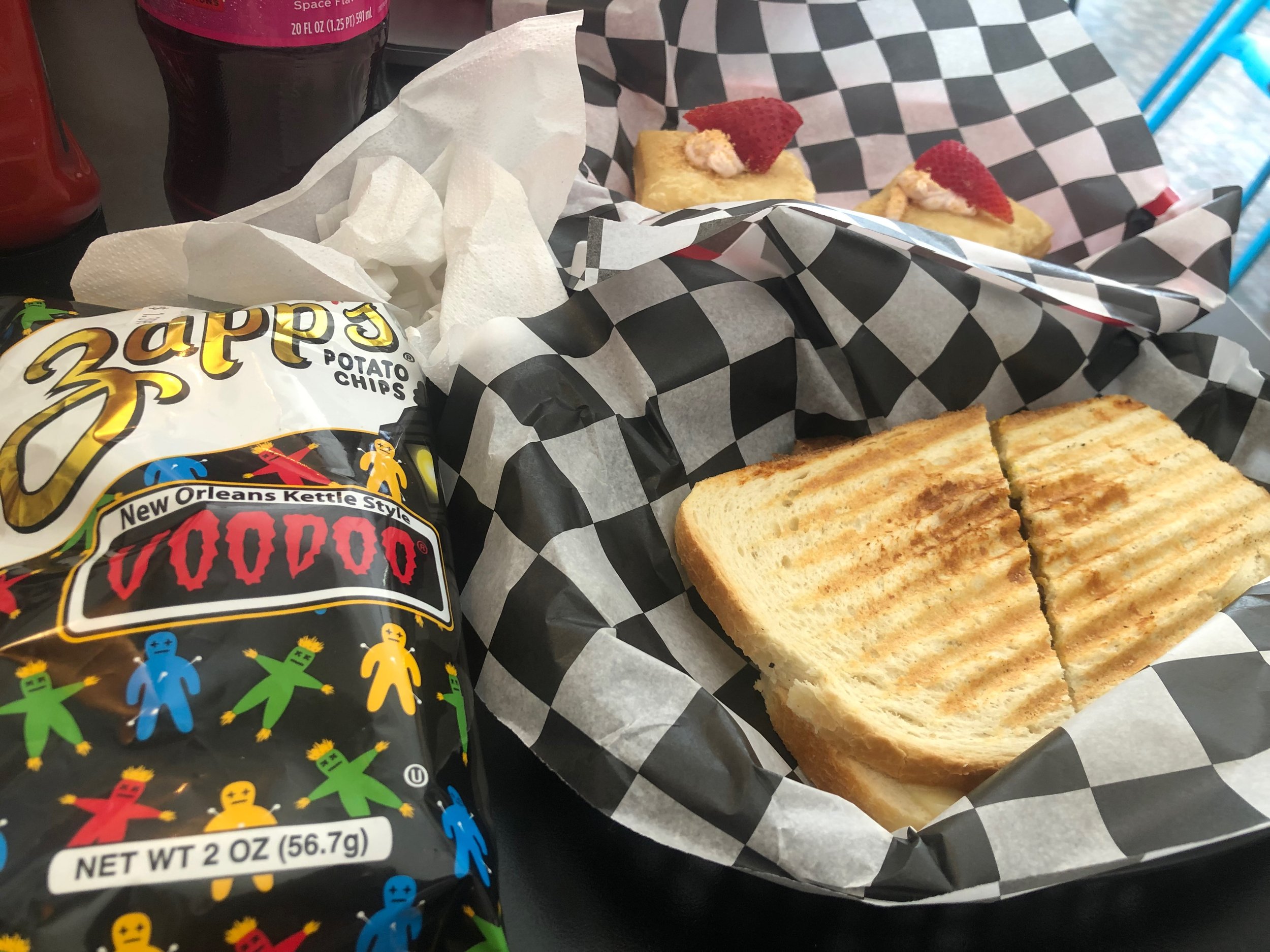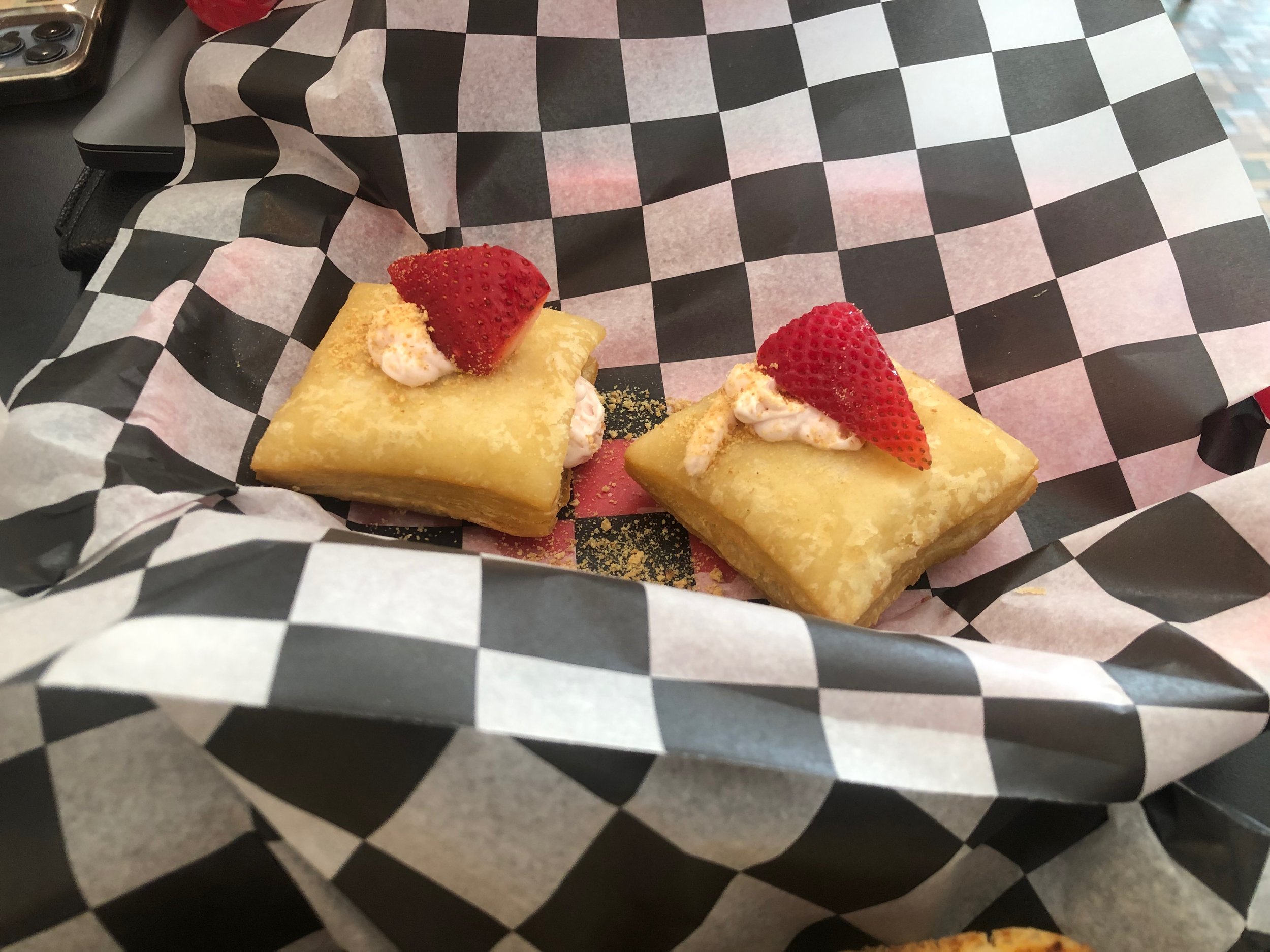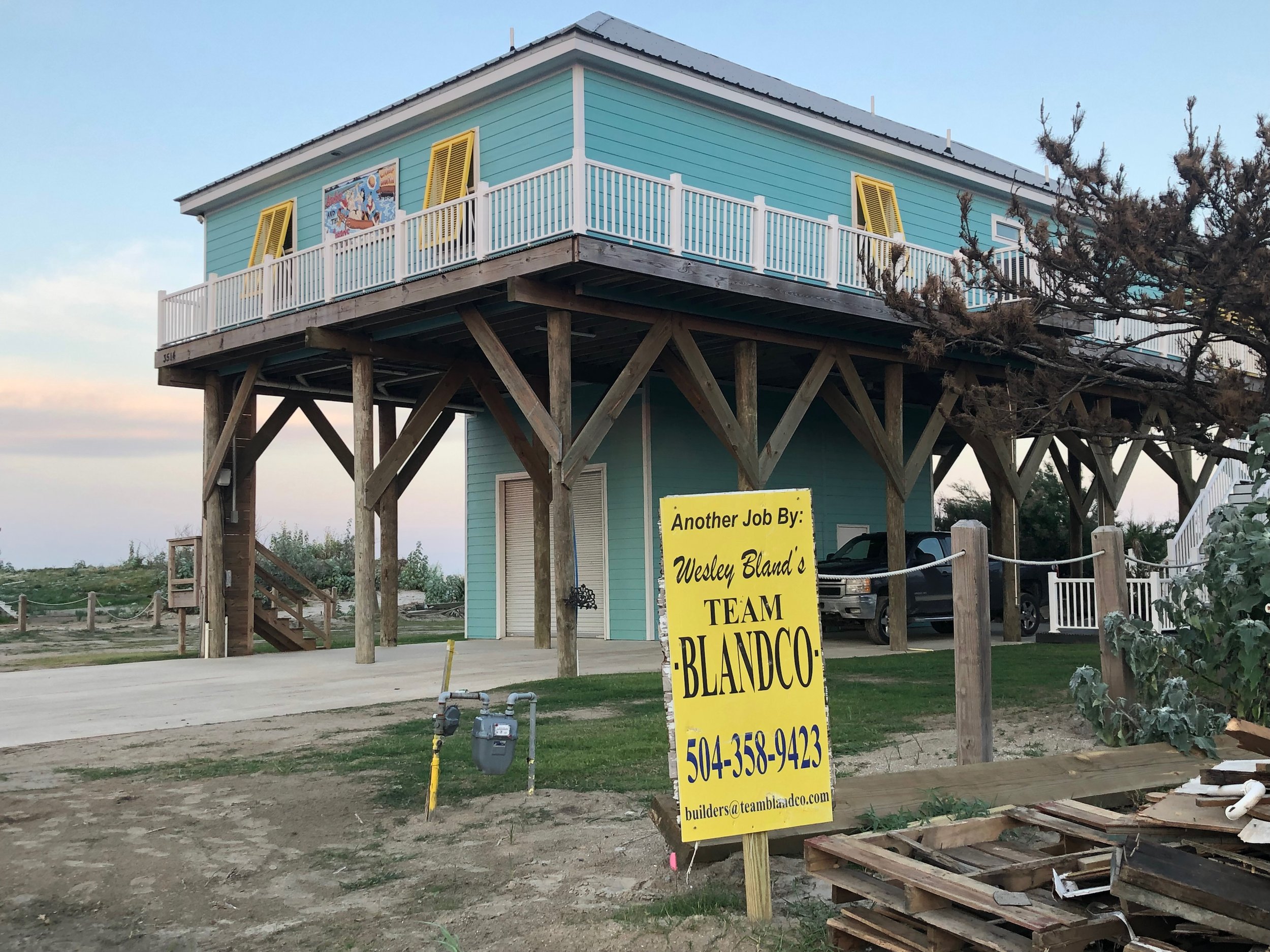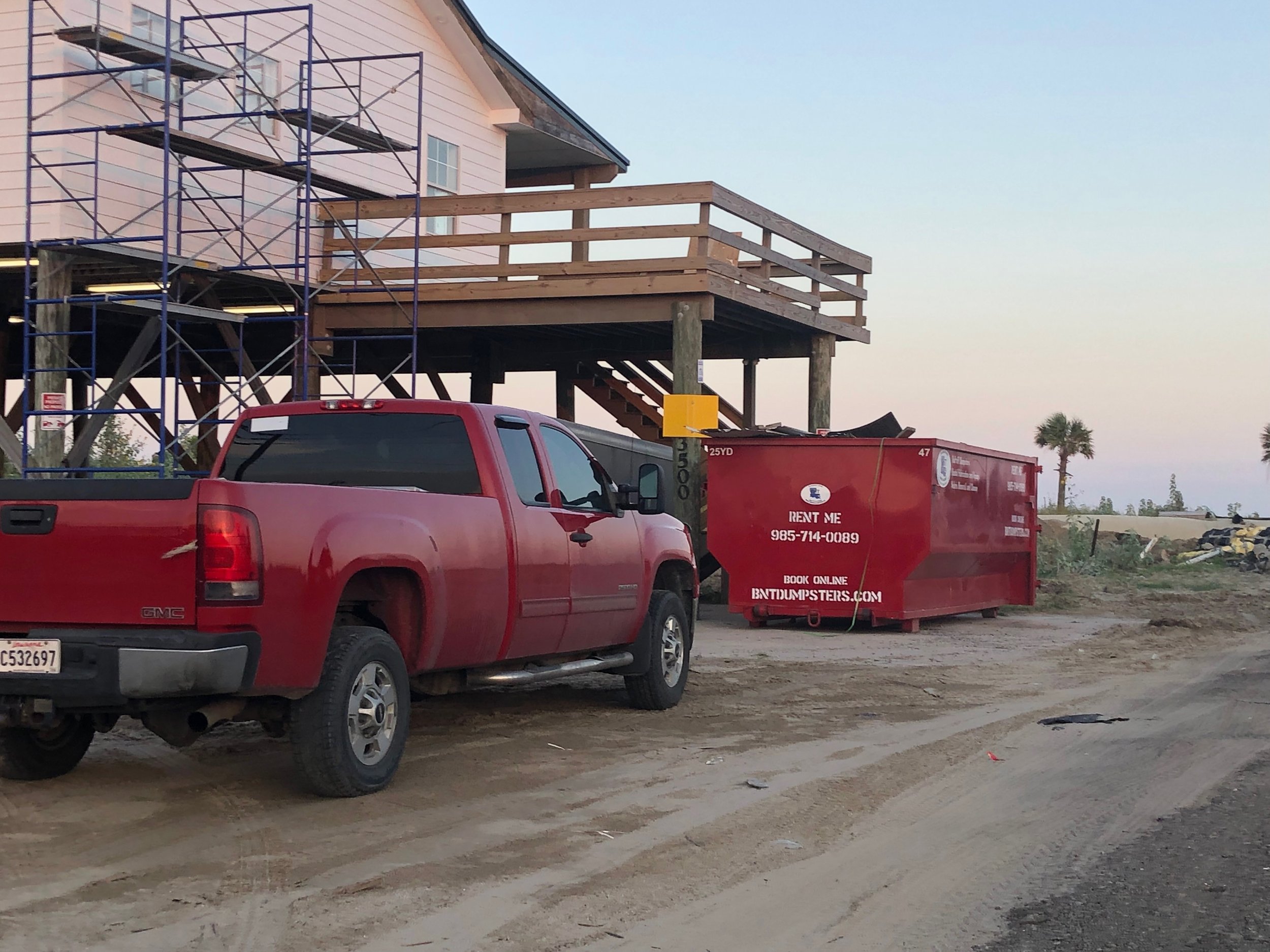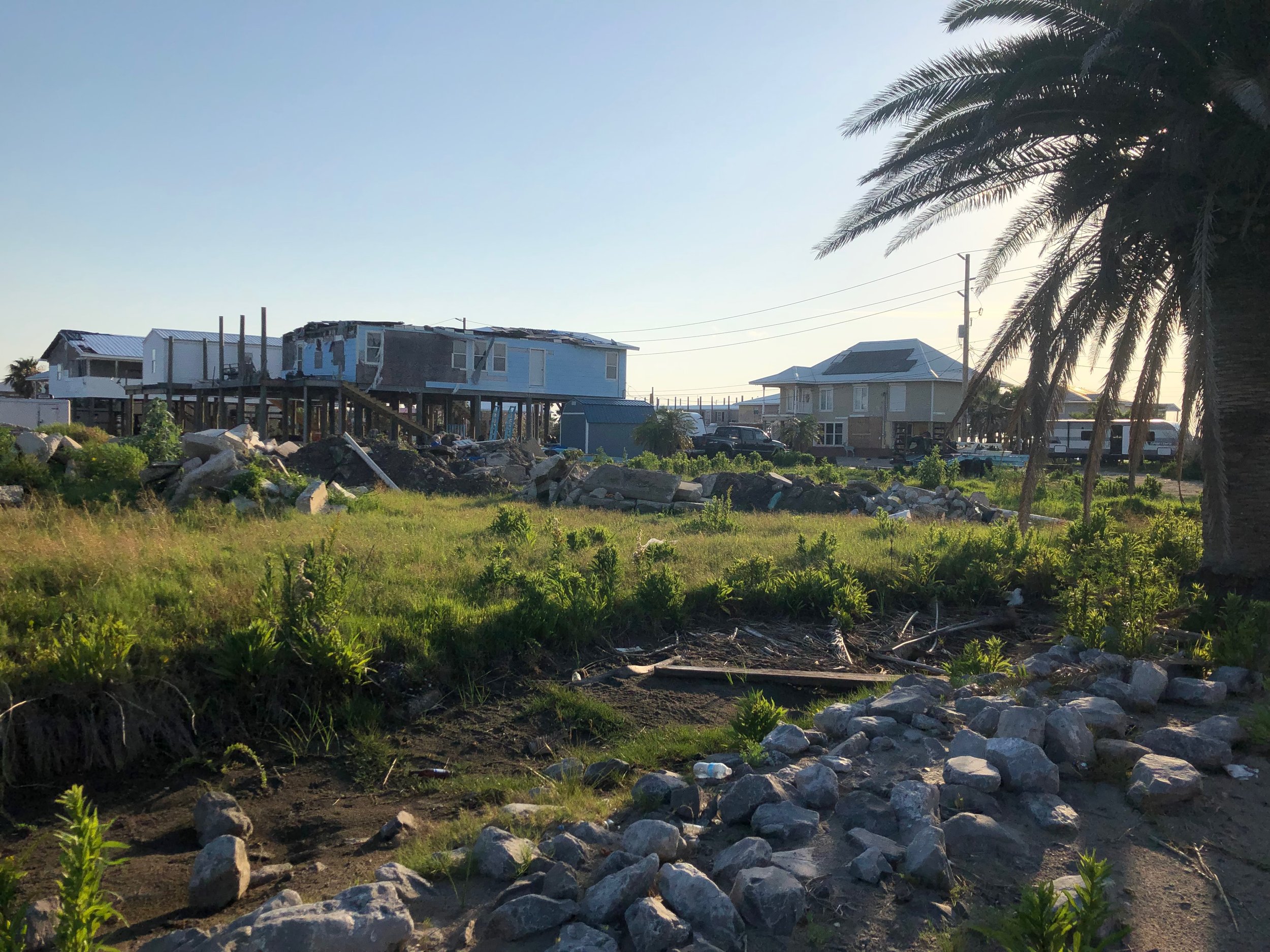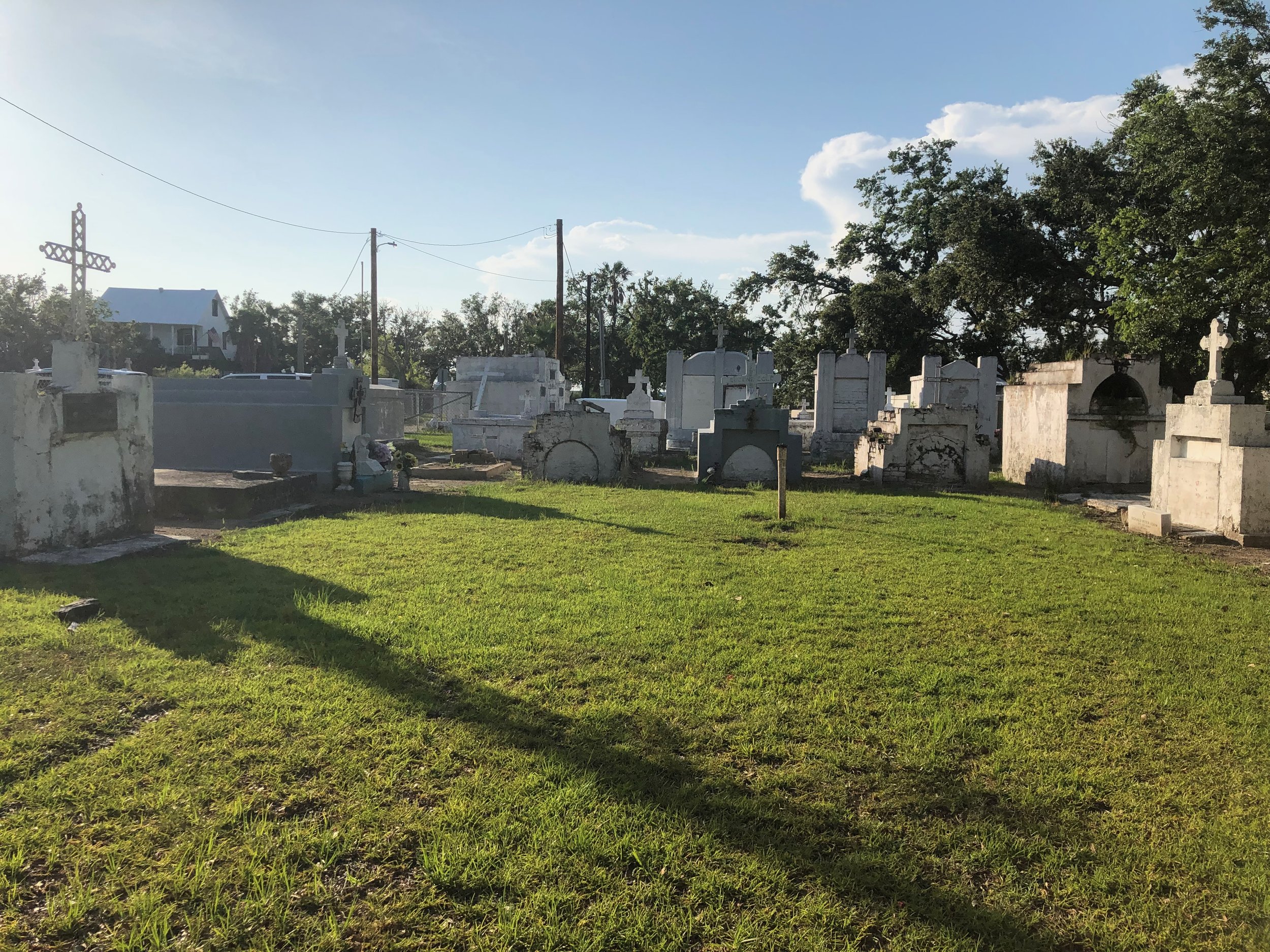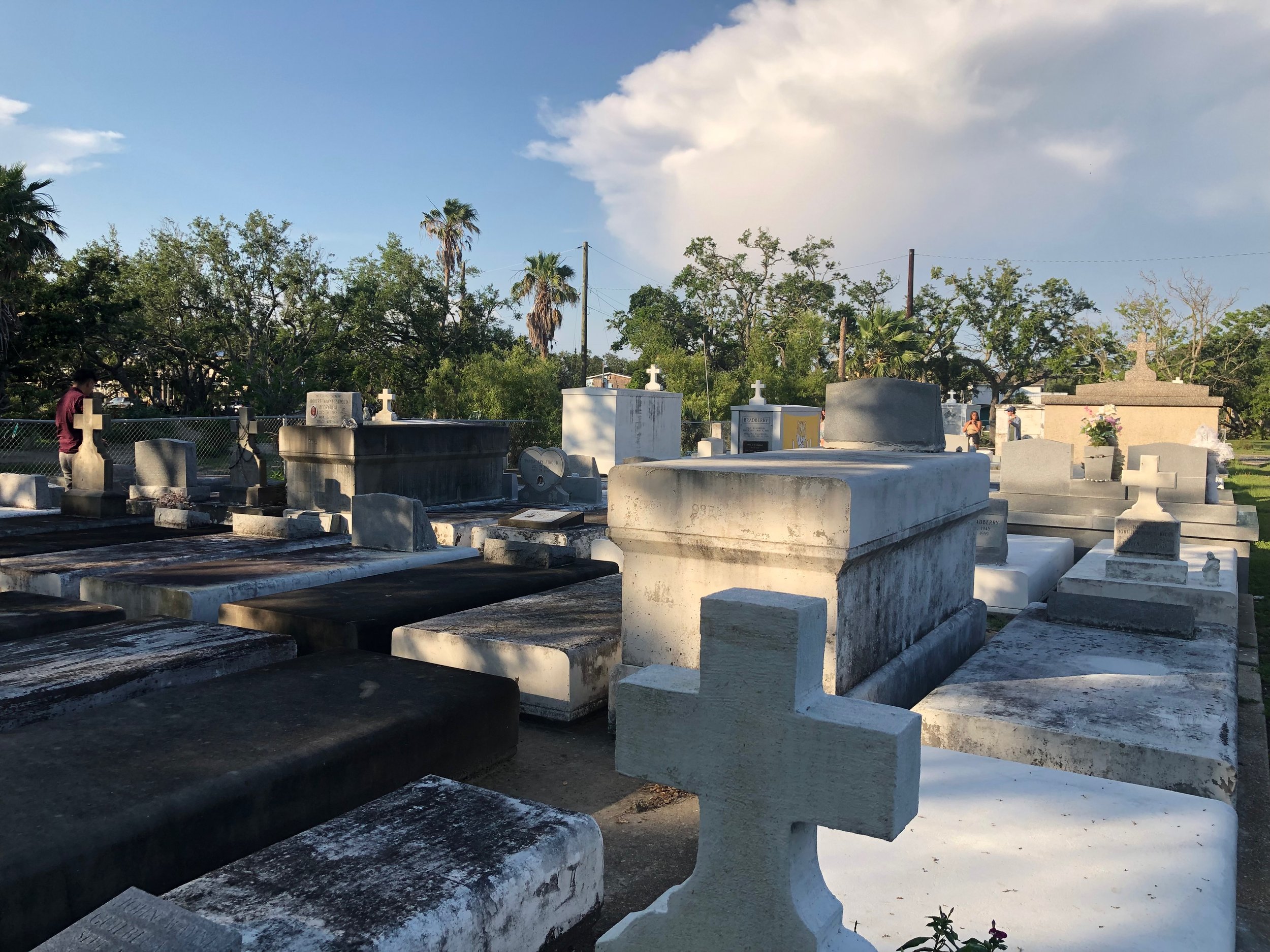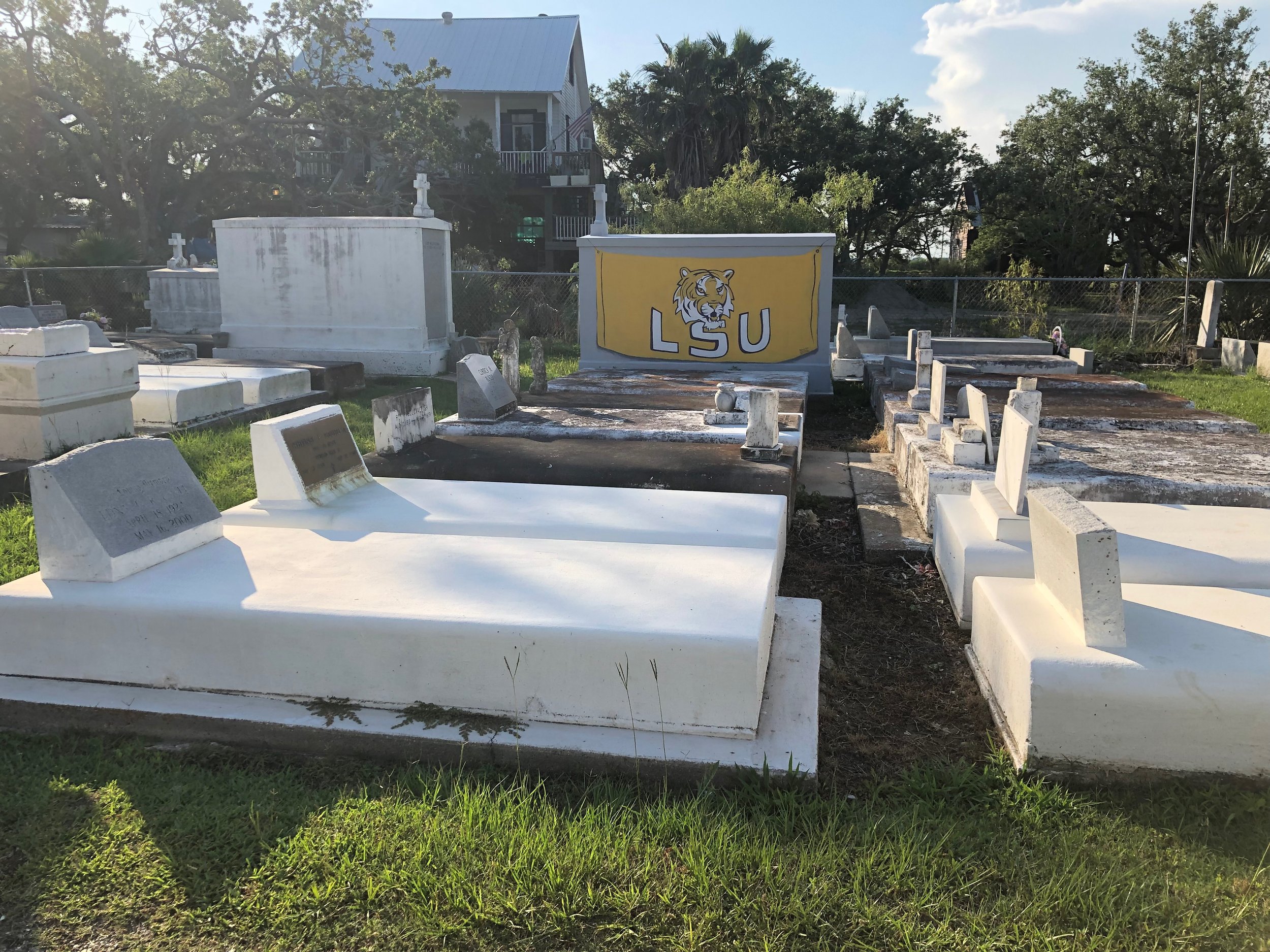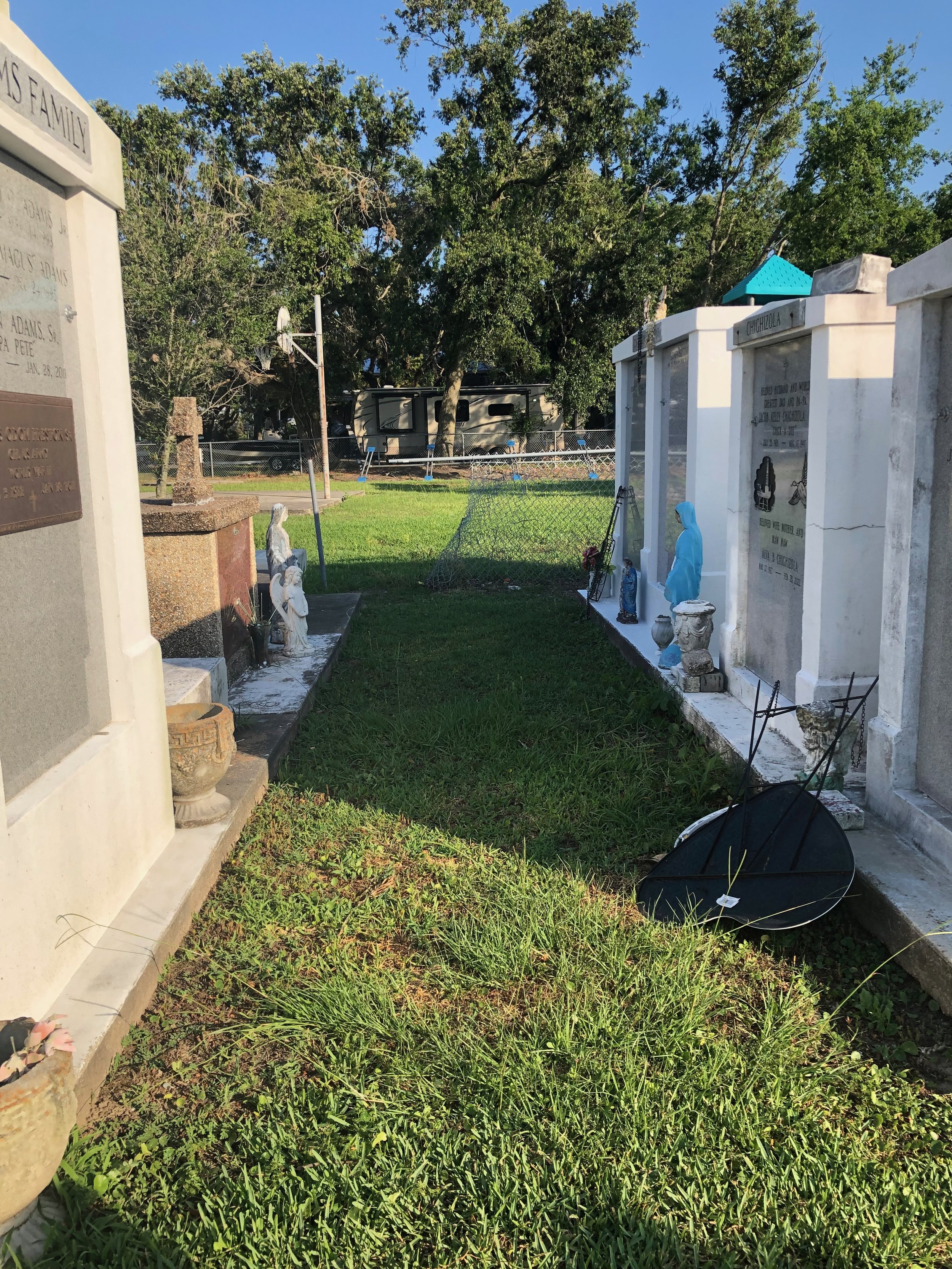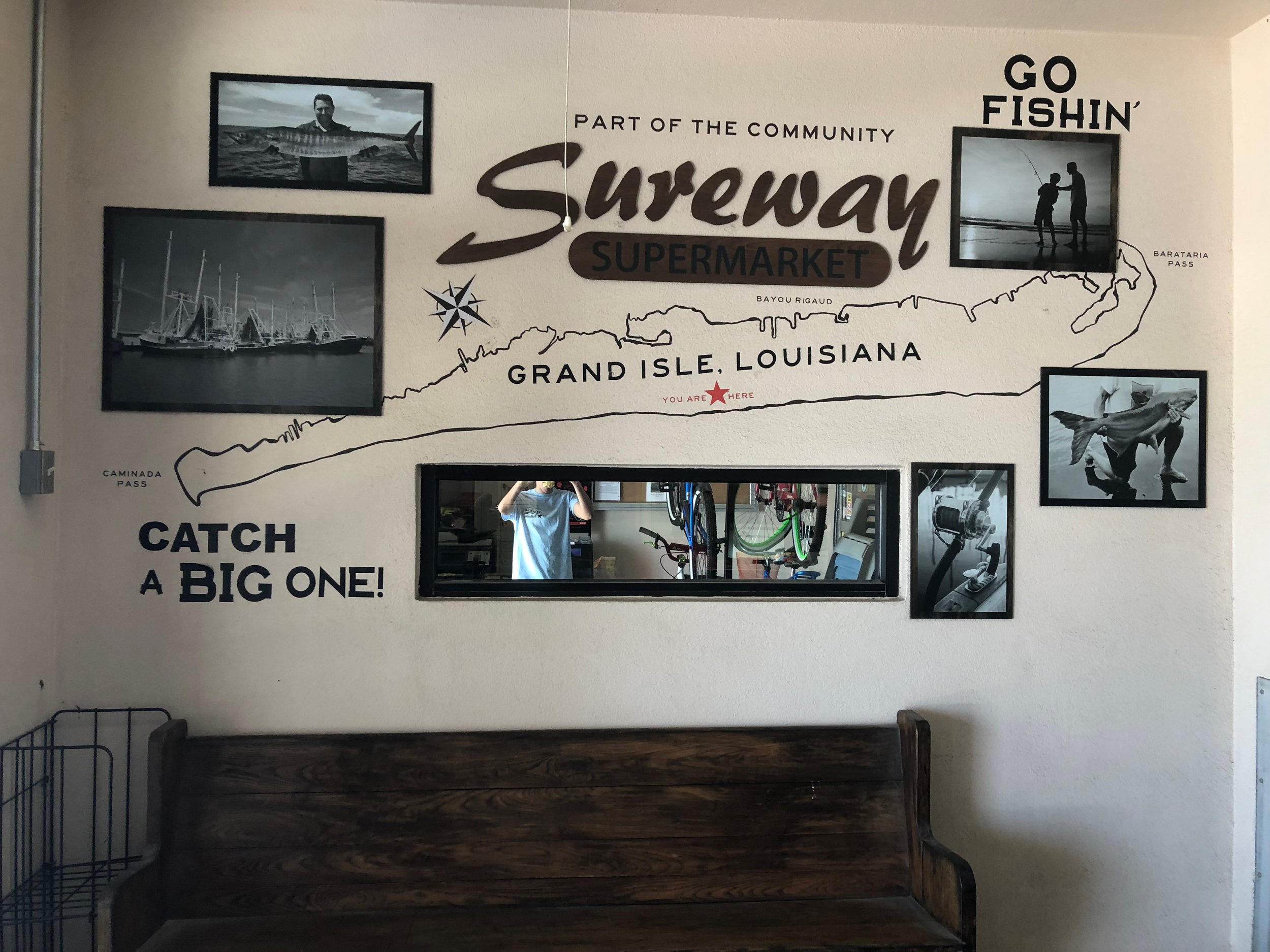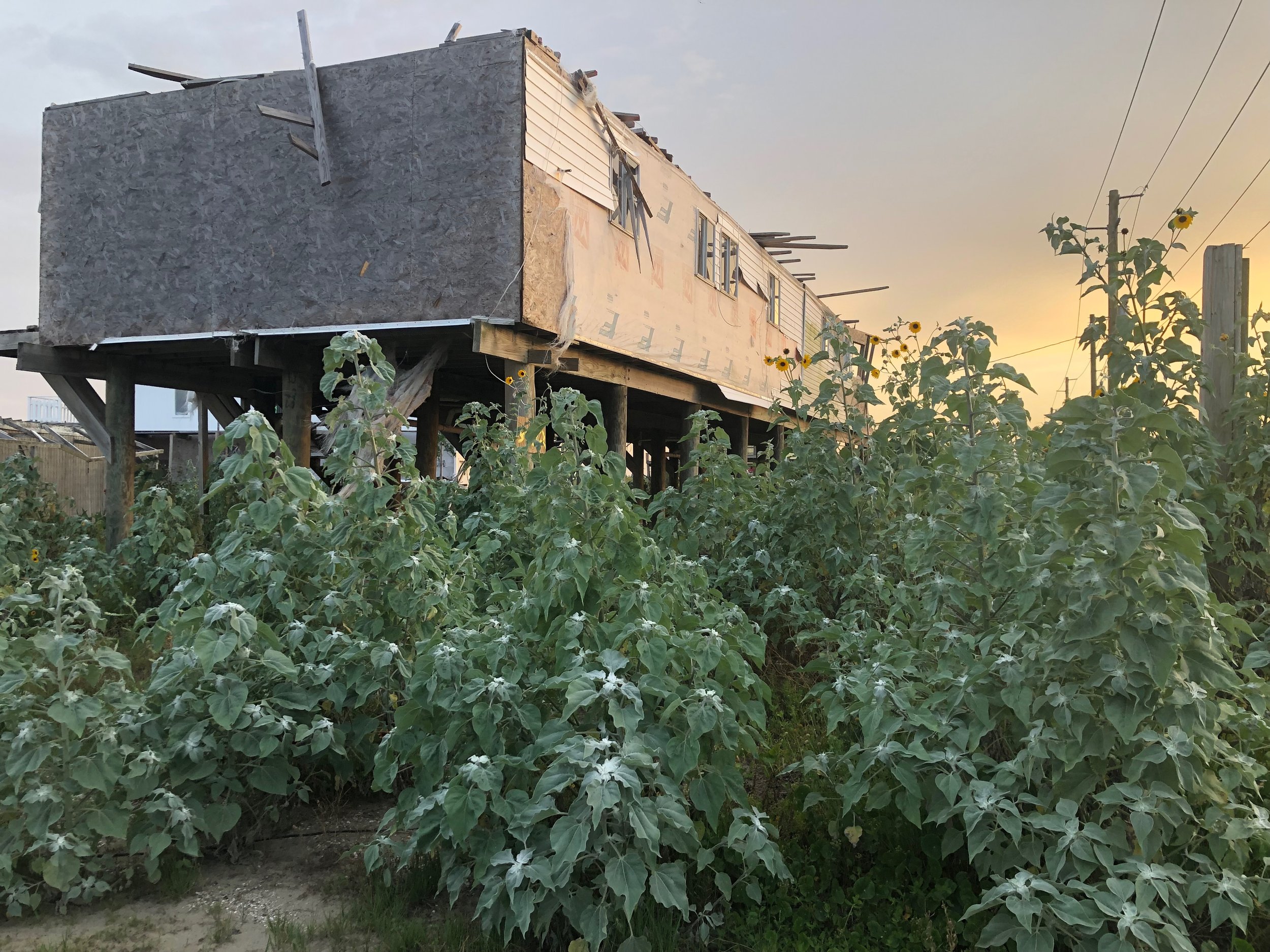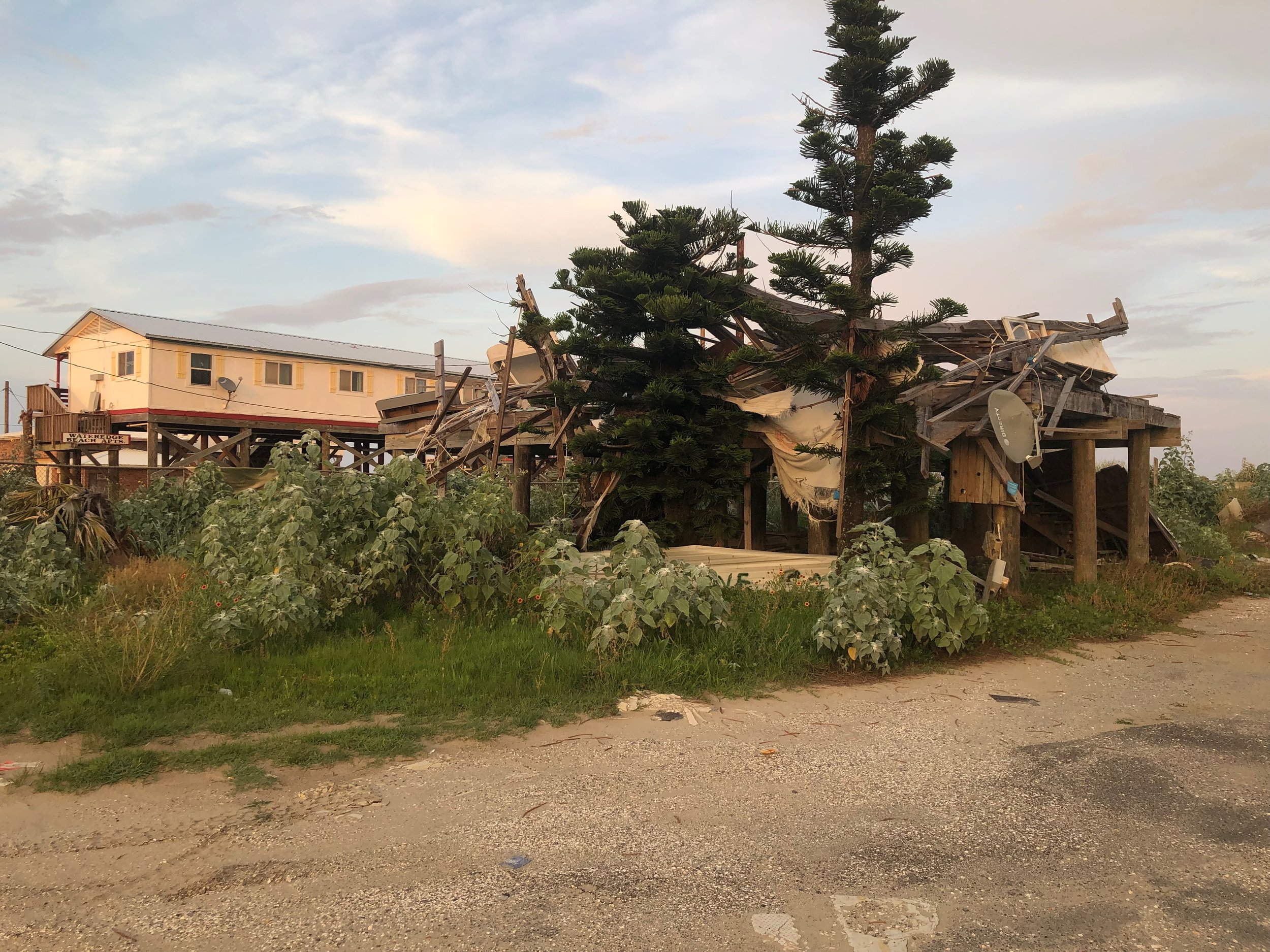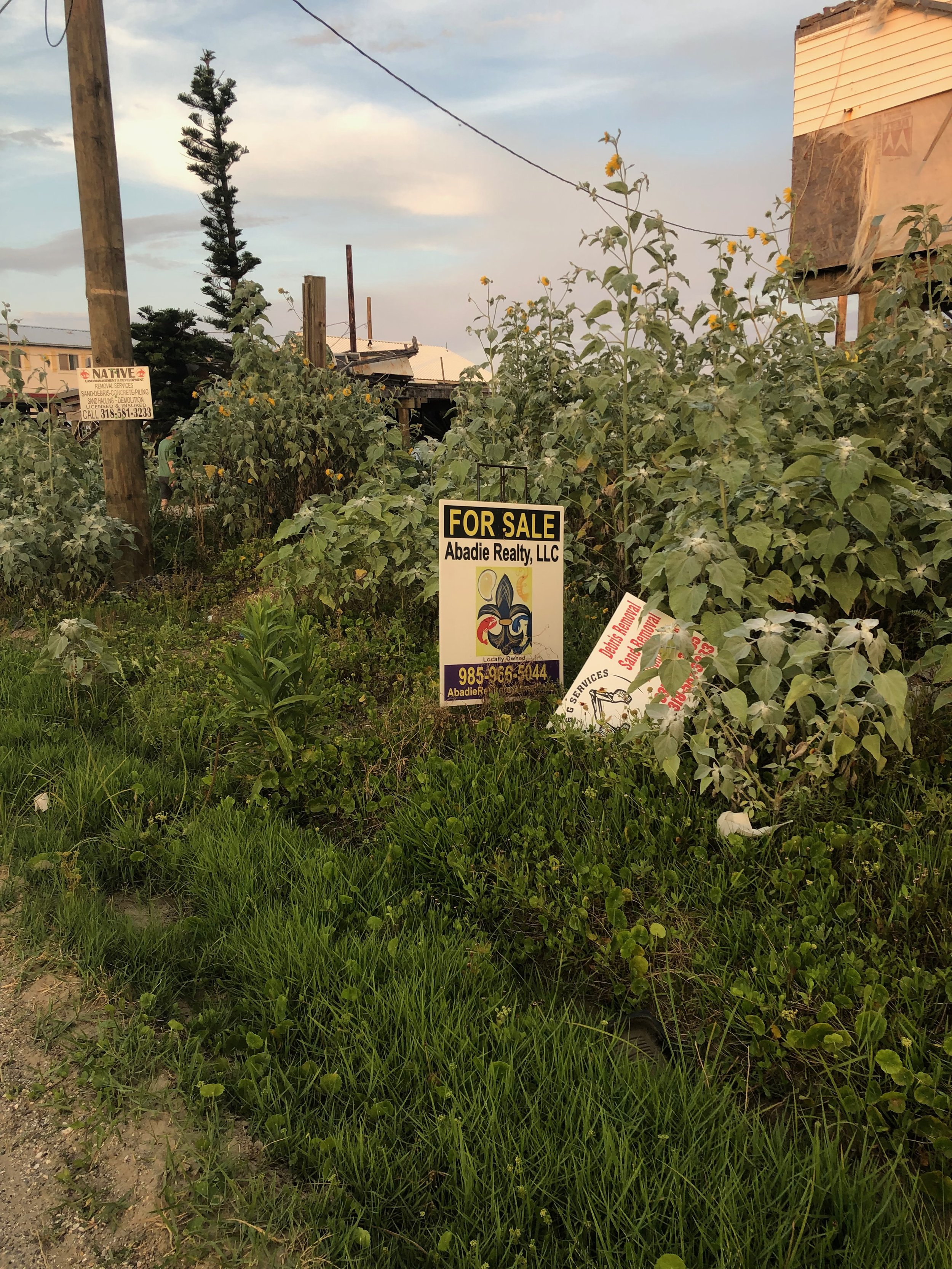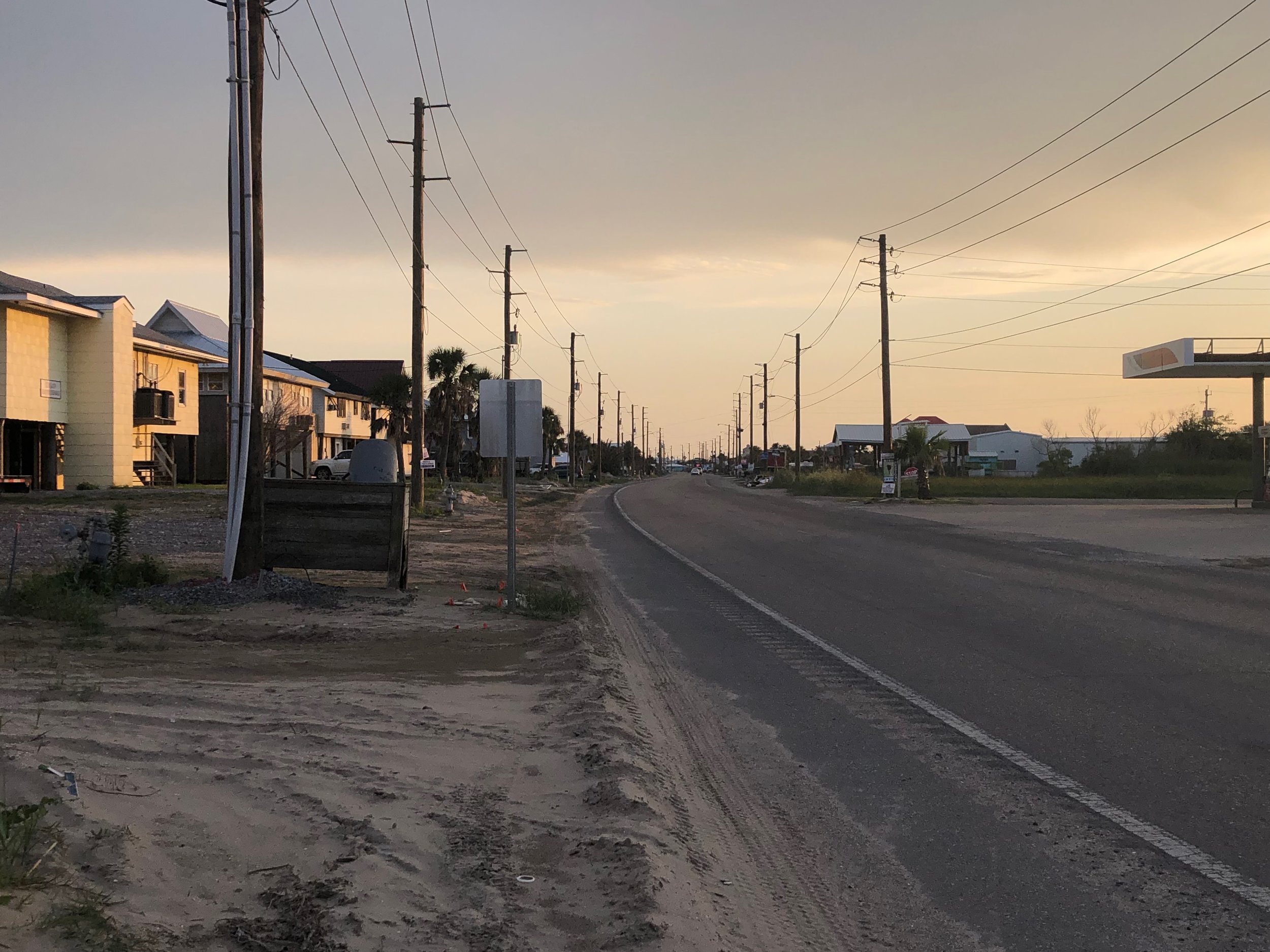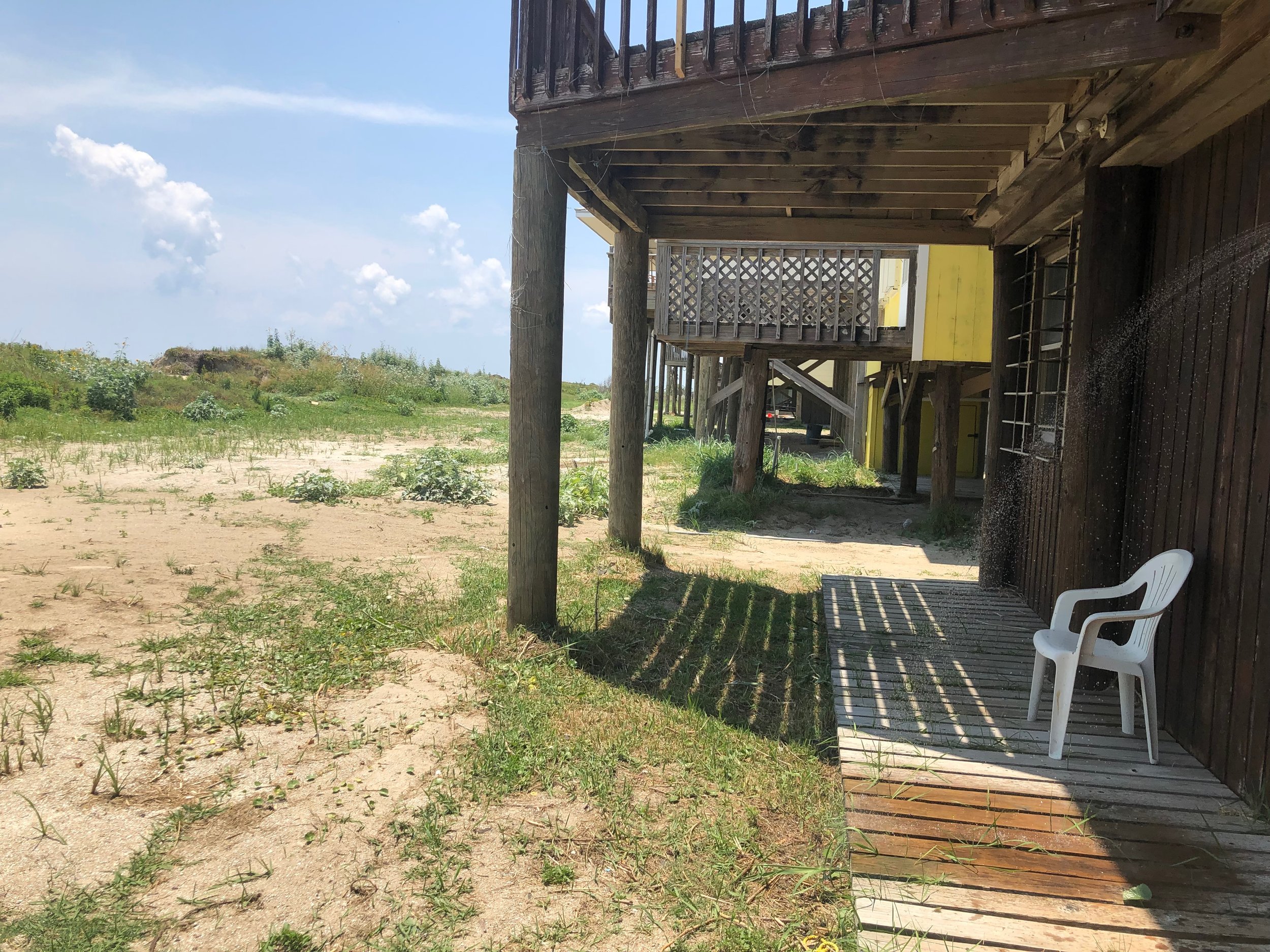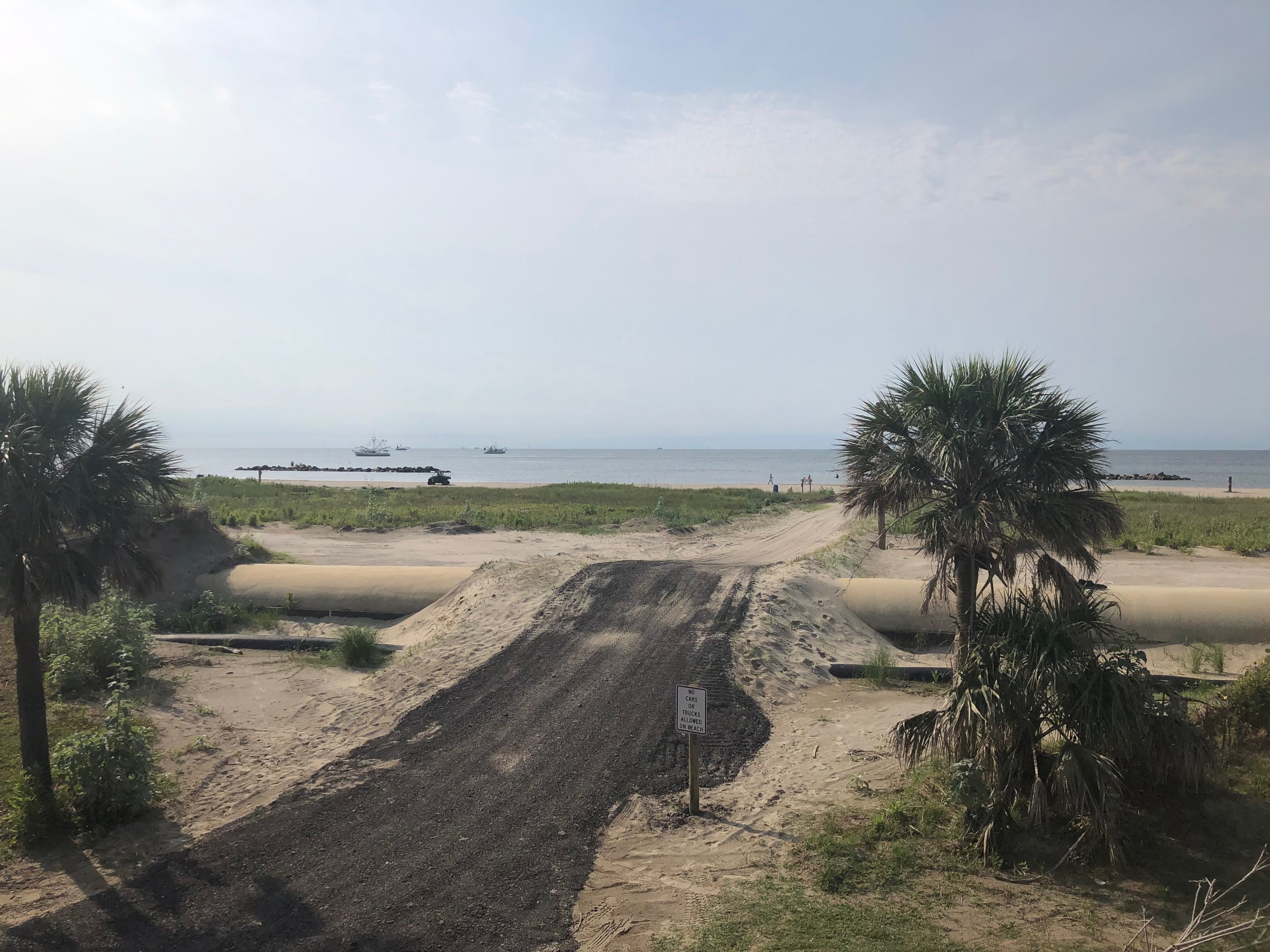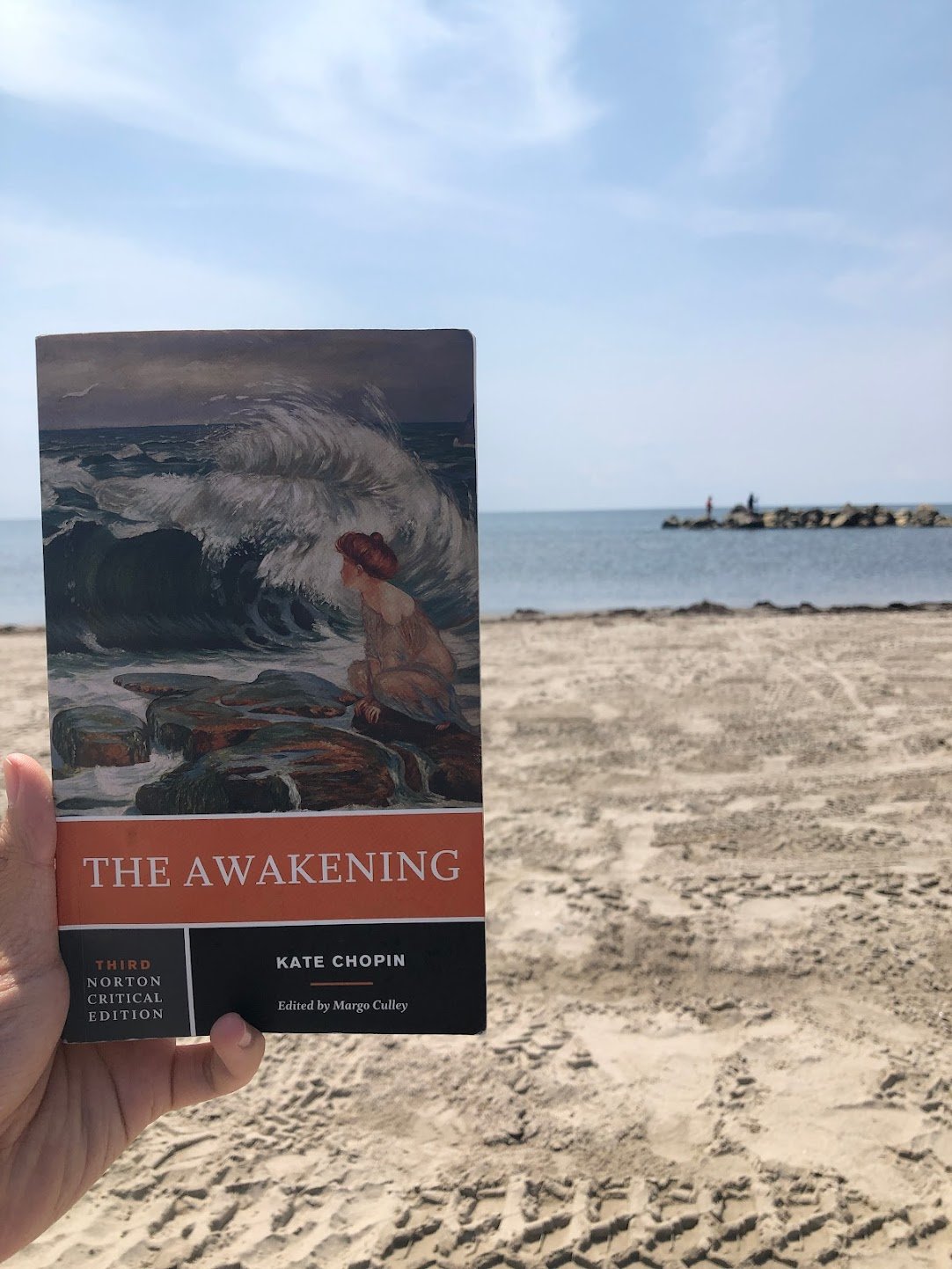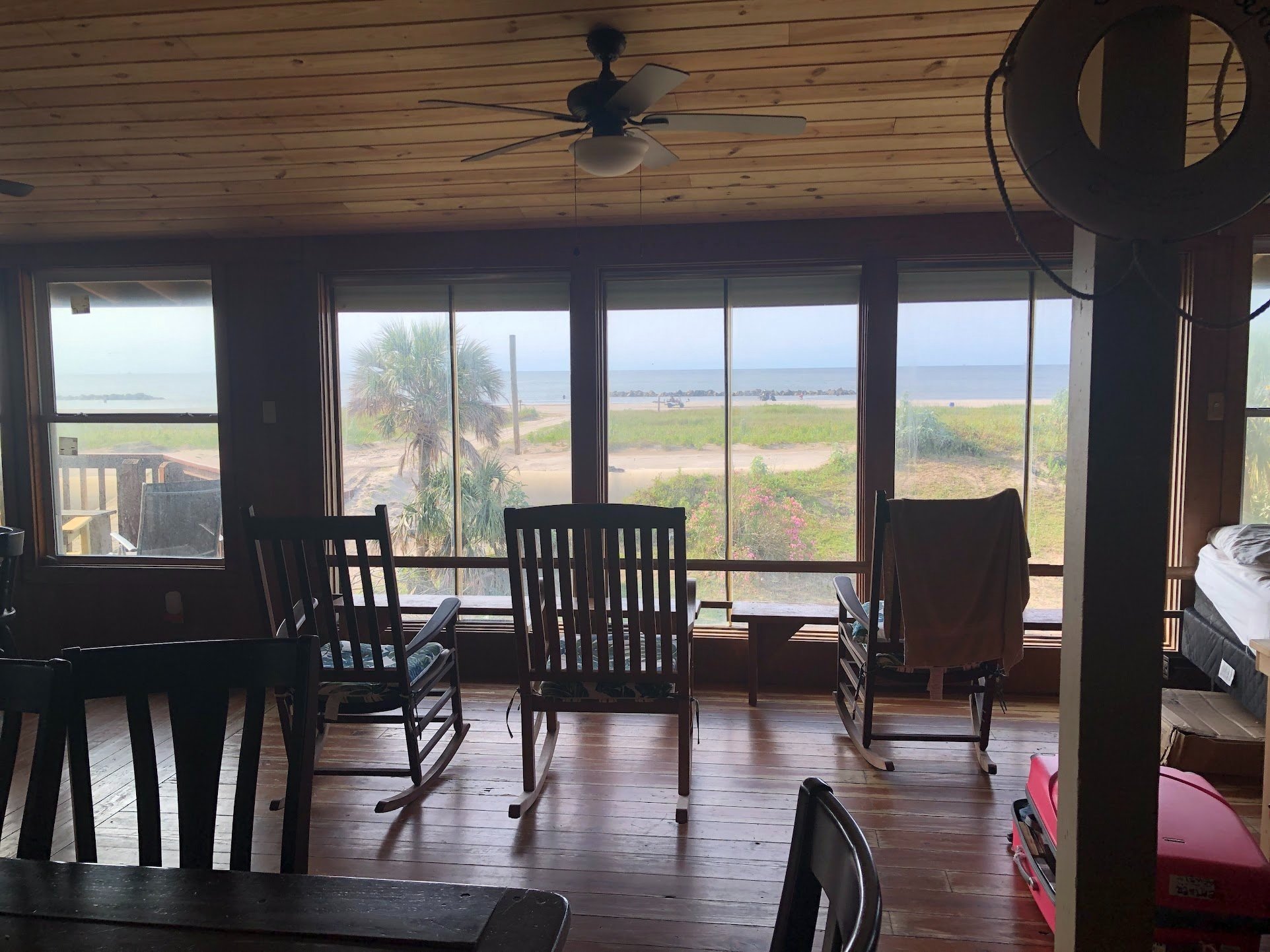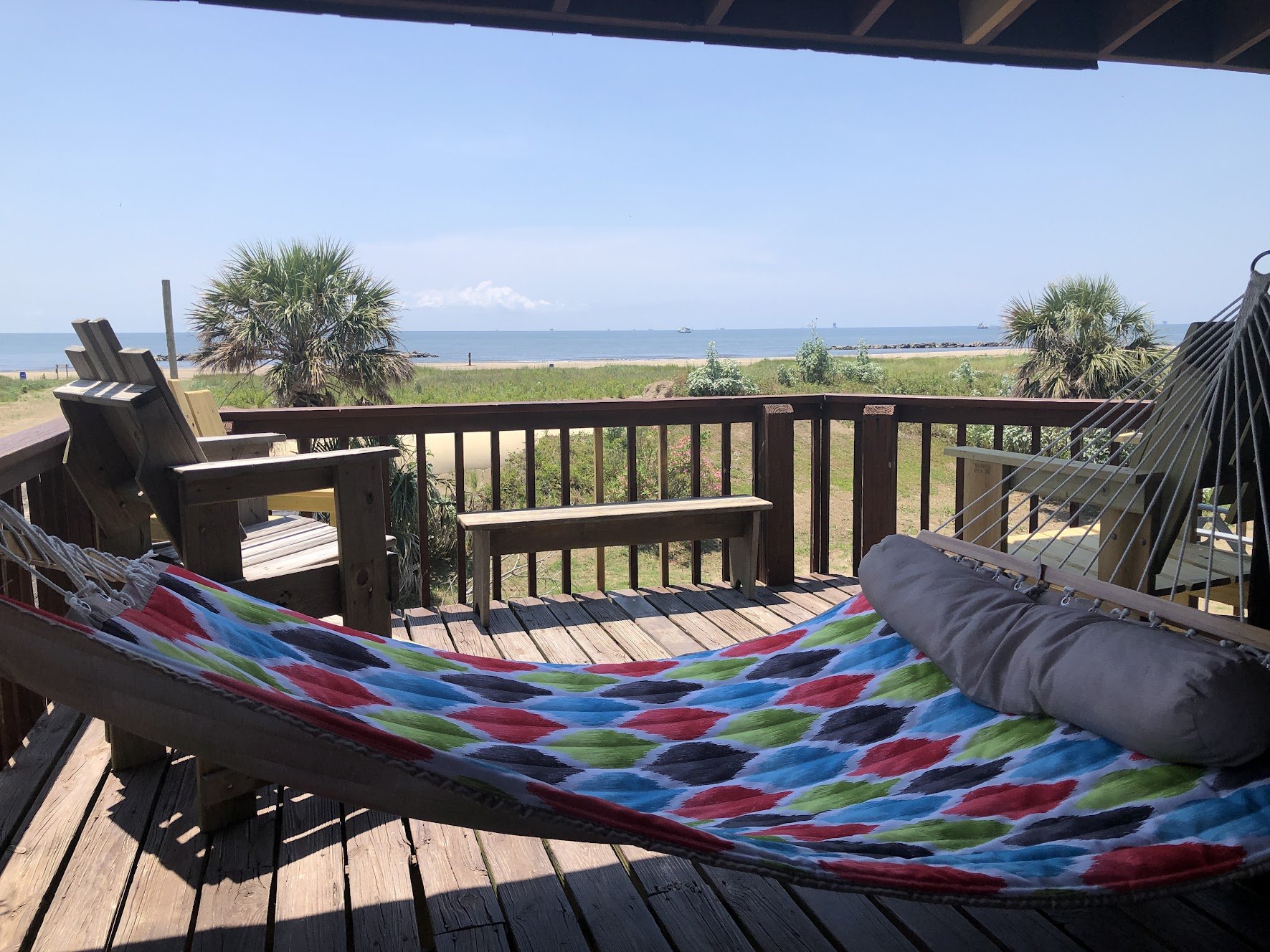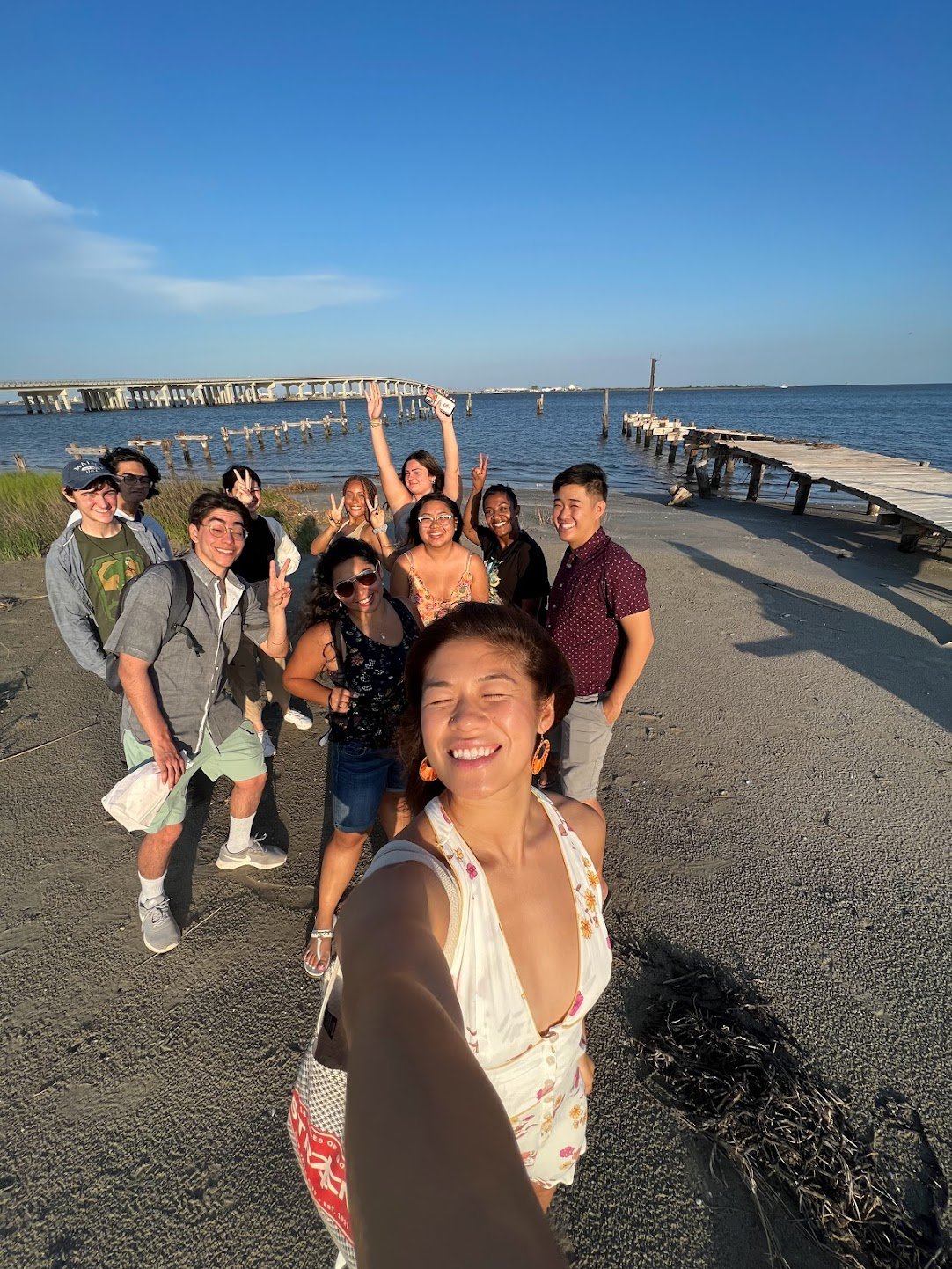Blog Post #2: Currently in New Orleans- Just finished reading Interview With The Vampire
Started writing on May 20, 2022 at 9:55 p.m.
Los Angeles and New Orleans, two states in the same country, yet they feel like two completely different worlds apart. The way of life in Los Angeles, a place where I’ve spent the entire twenty-one years of life, almost feels like a fever dream that I left behind and I’ve only been in New Orleans for about 6 days. That isn’t even a whole entire week. Leaving Los Angeles to go to Grand Isle was an adjustment, and then to go from Grand Isle to New Orleans was an even bigger drastic change. It felt like I had to quickly become accustomed to my surroundings and the realization of just how contrasting things are in New Orleans to Grand Isle’s calming fortress of solitude hit me right in the face the exact first night here.
My peers and I checked into the hotel with the anticipation of exploring the city that very first night. We had all decided that we would go to Bourbon street. What I was expecting was for all of us to have an incredibly fun night full of the infamous New Orleans culture, which we did indeed get, but not exactly how we wanted. What came with the great side of the New Orleans culture, also came the bad side of it. The beginning of our night was filled with live jazz music played in the streets, colored beads flying in the air, the loud laughs of people having a good time, and the big rush of people that consisted of tourists and people who live here. The flashing neon lights almost blinded me as I was being pulled along with the rest of the group. We walked down Bourbon street and I have to say, it was a lot to take in. The night took a drastic turn for the worst when six of us decided that we wanted to step into a quiet IHOP for dinner. Before even getting our food we were exposed to the crime in New Orleans. We had to run out of IHOP terrified, and then we encountered a very rude server when we tried to order pizza. The one thing that kept running through my mind that night was “when will it end?”. We hadn’t even been in New Orleans for a full twenty-fours and we had already seen and been through so much. It was as if the culture of the infamous city that I was so excited to see and experience hit me all at once and I had to play catch up so I could become acquainted with everything. I was hoping to do that gradually as the days went on, but the new city definitely had other plans. I saw New Orleans much differently after that first night. I sort of feel like even though what we experienced was unfortunate and somewhat traumatizing I kind of see it as a blessing and a curse because it showed me a lot. I’m glad I know how the city actually is, instead of continuing to believe this made up perfect setting that lived in my head.
“I understand, I am just beginning, I am just beginning to understand.”
With all negative things aside, I found myself wanting to know more about the city. Wanting to know just what made this city the way it was, crime included. I wanted to know why so many people always feel the need to tell me and my peers to “be careful out here” when they notice that we aren’t from New Orleans. I was hungry to learn more and gain as much knowledge as I can about this city that I was going to be residing in for a couple of weeks and I knew that I couldn't do this without immersing myself into everything as a whole. The culture, the music, the people, the parades, and the streets is all I wanted to see and explore. That is exactly what me and my peers did and I would say that it has brought us as a group so much closer. These feelings that consumed me reminded me so much of Louis and Claudia from Interview With The Vampire when they were trying to seek the knowledge they craved from Lestat and he wasn’t telling them anything they wanted to know, so they took matters into their own hands and searched for it. Well… I don’t think I myself would take such a violent approach like they did, but the point of going out of my way to absorb as much knowledge about the city of New Orleans was definitely met.
During my time here, the whole class has done a lot! We’ve explored the French Quarter many times and even all got matching tee shirts from a local boutique, seen a couple of parks, danced to the live jazz music played on the streets, tried a plethora of cajun food, celebrated a special someone’s birthday, visited a pharmacy and voodoo museum, went to a huge street parade—which I have to say was one of my favorite moments—and lastly we explored Bourbon street, during the day time though, and might I add it felt much safer to walk around there this time. We even got to examine and enjoy the beautiful architecture of the houses and buildings in the city. Many of the houses were such crazy bright colors, hot pink, purple, and lime green. If I had to choose, my favorite house that we visited was definitely the house they used to film season three of American Horror Story: Coven! The parade itself was such an eye opening experience full of rich culture that you could not see anywhere else, but in New Orleans. The best thing about doing all of these things is that we as a class got to do it all together. While experiencing everything as a class, I can see they have the same drive as I do to absorb all the knowledge they possibly can about this incredible city we have the privilege of learning about. Exploring the city together has brought us all so much closer. I haven’t known everyone here that long, but surprisingly we all feel like family already. We care so deeply for each other and I truly do think that the want and love for exploring the city as a group is the reason for that. I know that once this trip is over and we go back home, we will all continue to be so close and stay in touch. If I am being completely honest, I believe that it was that crazy moment in IHOP on the first night where I felt like some of us bonded over something, even if it wasn’t the best thing to experience. It was then when I realized that in any situation, we all have each other’s backs and we truly want to see everyone safe.
While enjoying life in New Orleans and taking it all in, I am starting to realize that every moment is so beautiful and you have to make them all count. Realizing this makes me truly understand the message Louis is trying to get across to the young boy that interviews him. Being immortal makes it harder to enjoy life and appreciate how precious it is. Being mortal and knowing that time is precious, that every breath you take is timed makes you enjoy life and the connections you make much more.
“Every moment must be first known and then savored.”
Besides the incredible and interesting information I’m learning about the history of the city and how it came to be, I am also learning the importance of friendship. All of my peers have gotten me through a lot mentally, emotionally, and academically. I am very excited to continue growing these friendships and am very grateful that I am able to do so. May this trip continue to be one for the books…and not have us encounter any more traumatic experiences.











